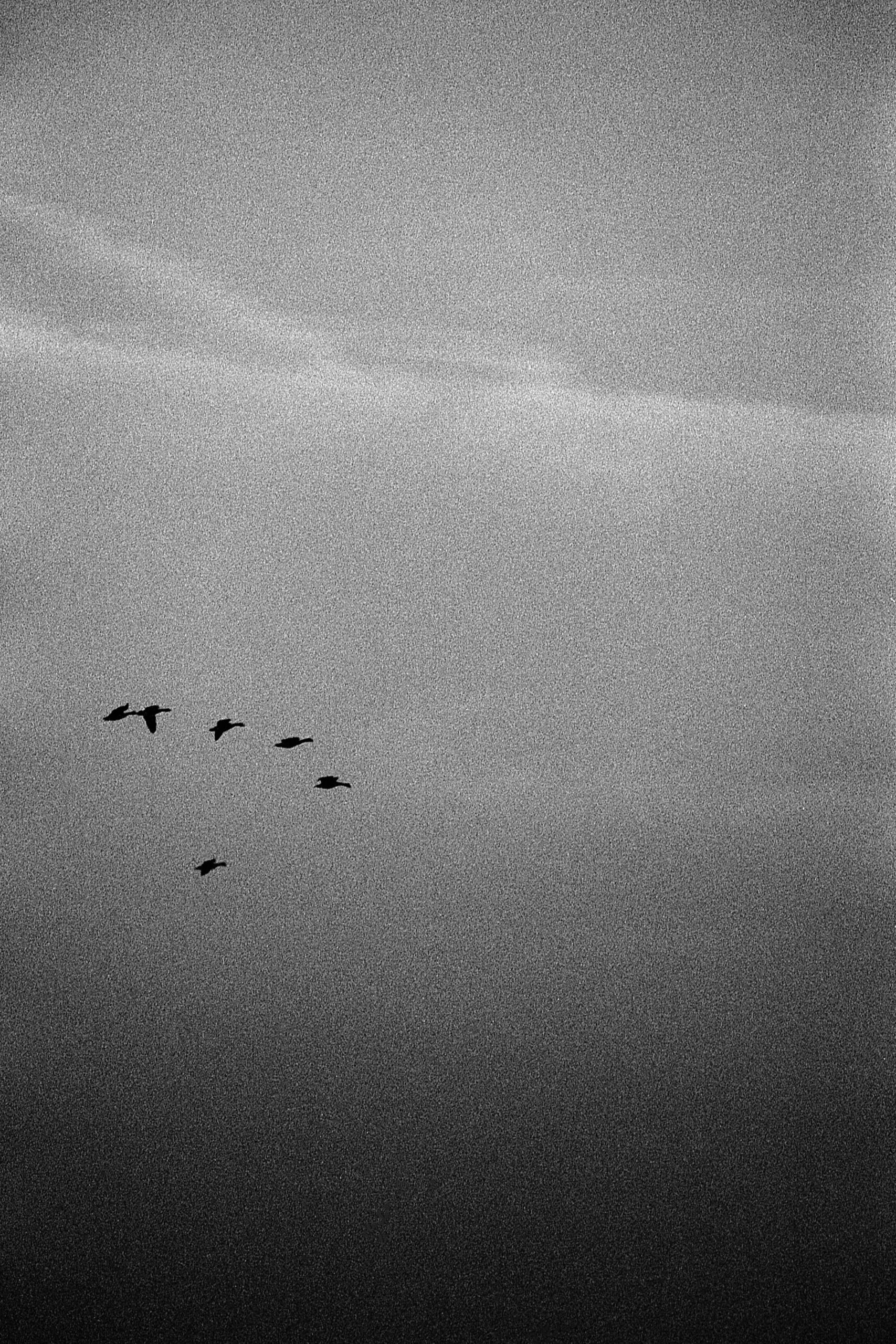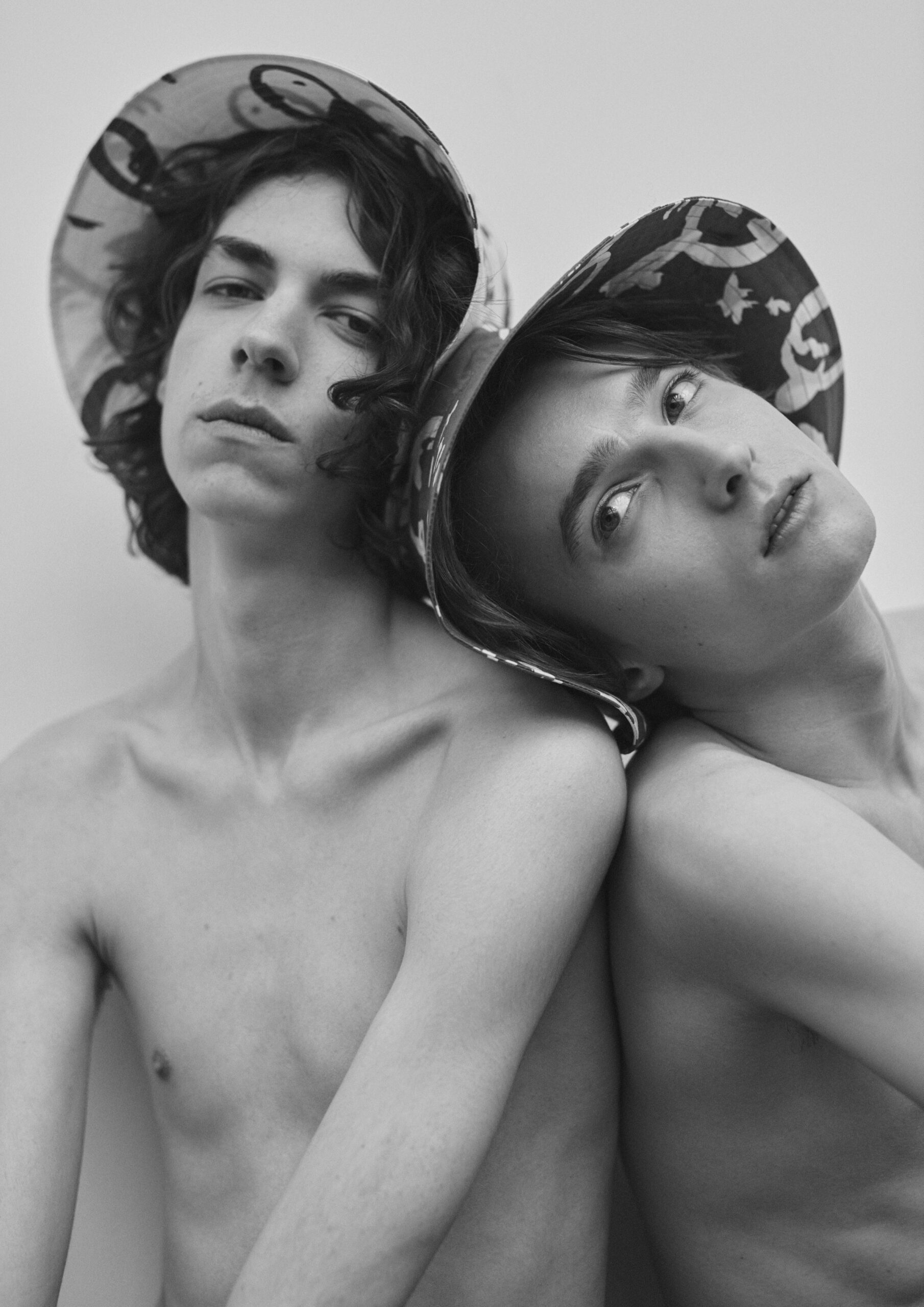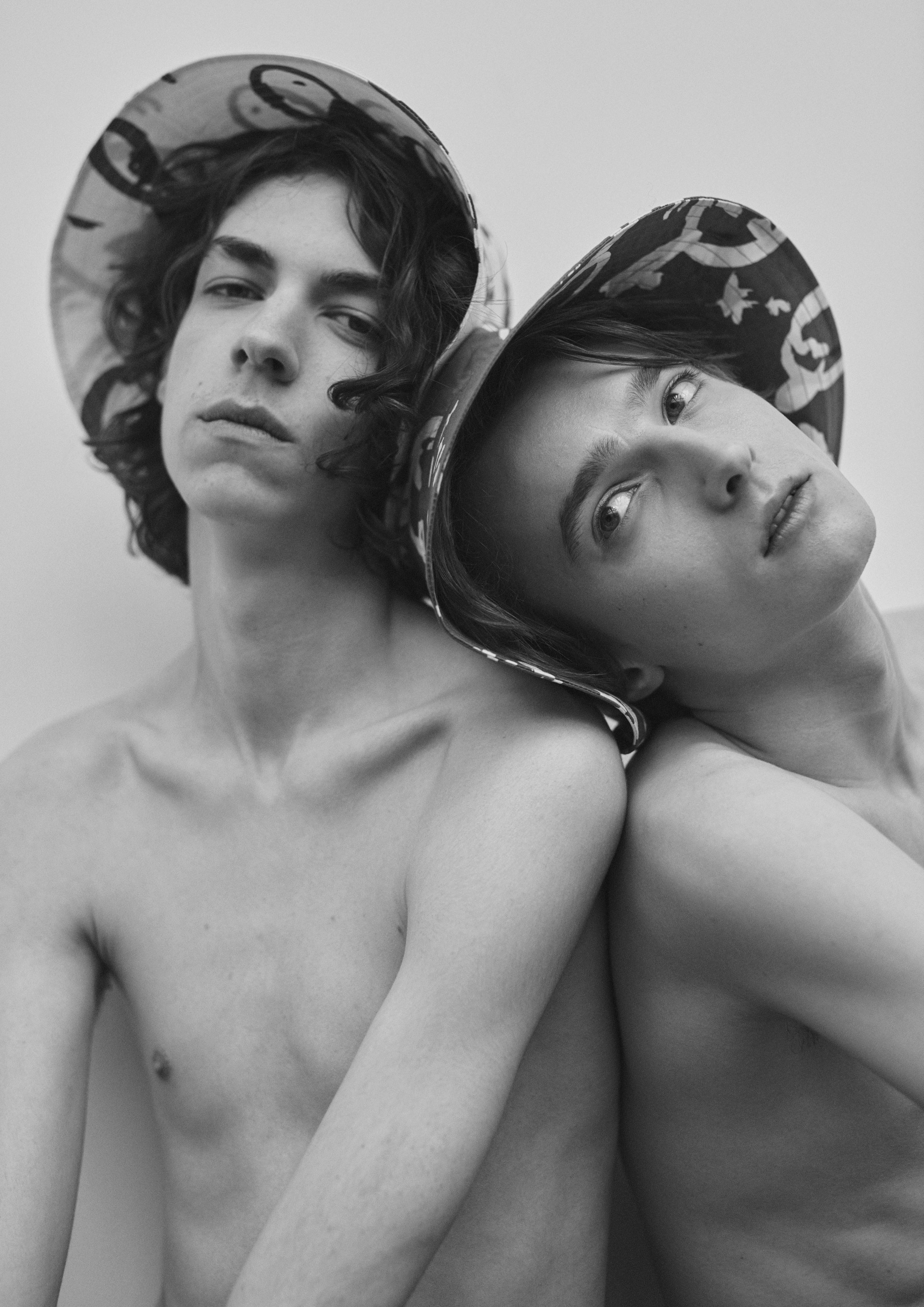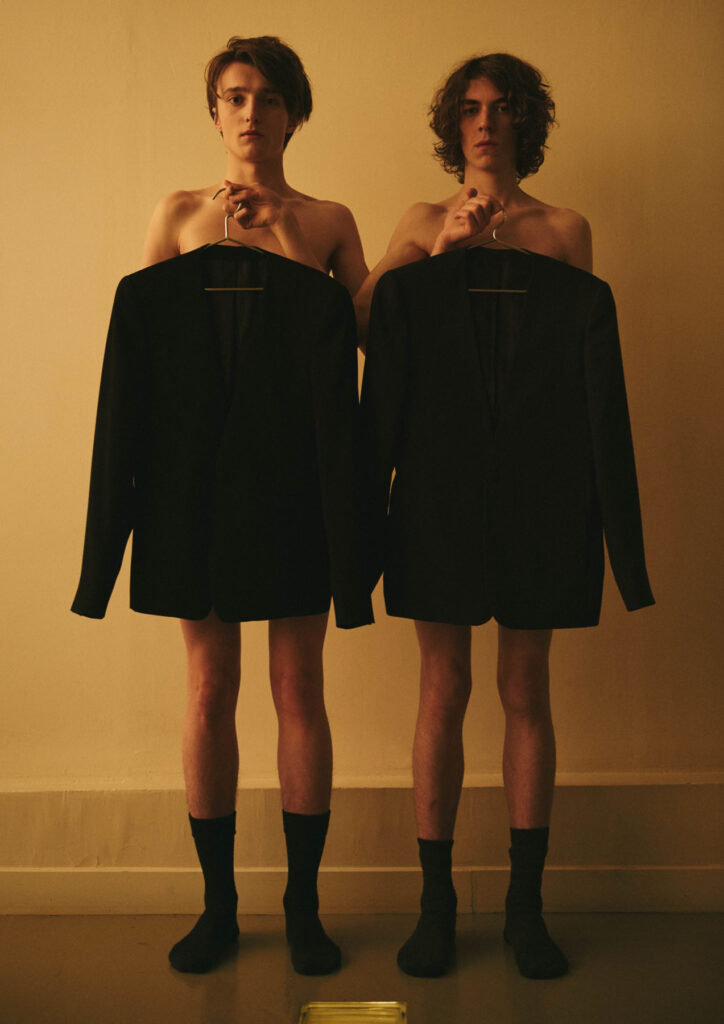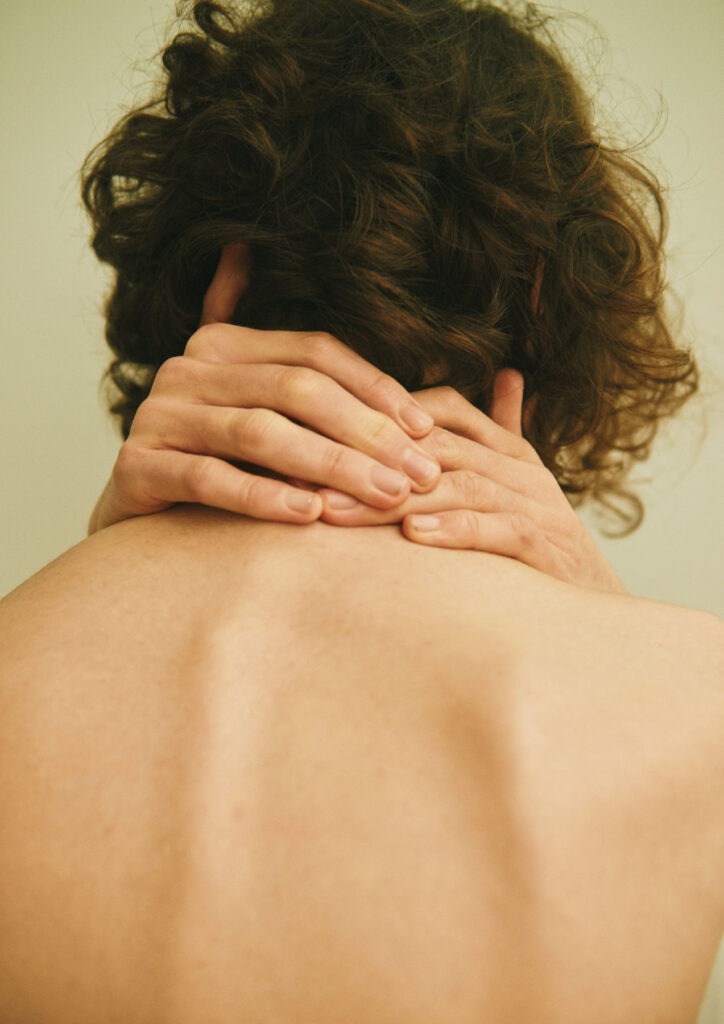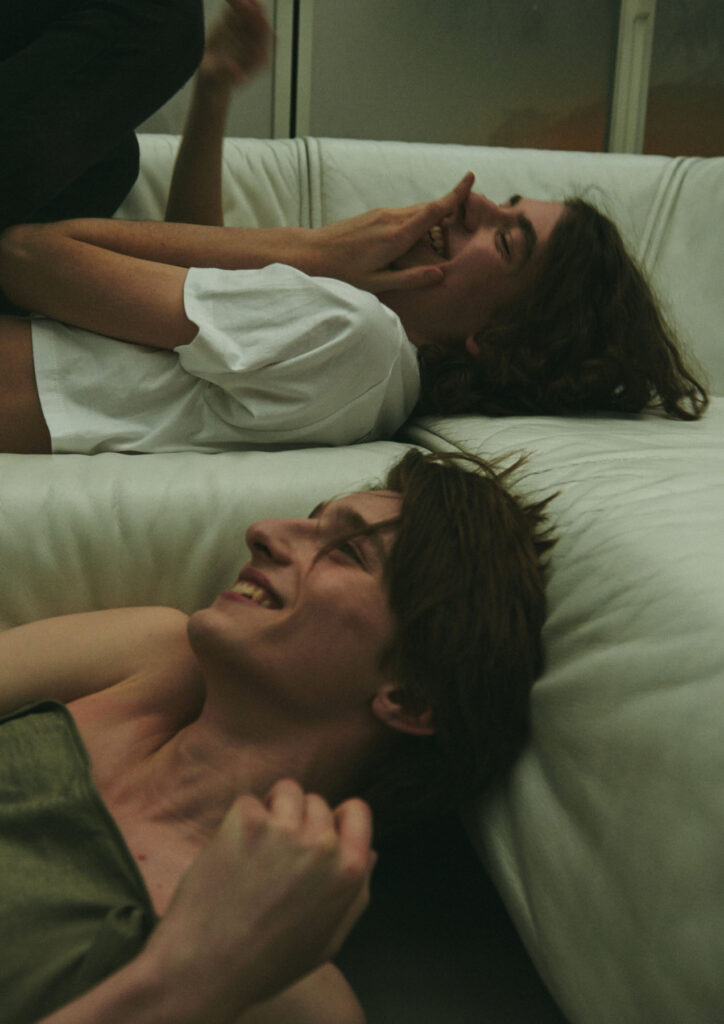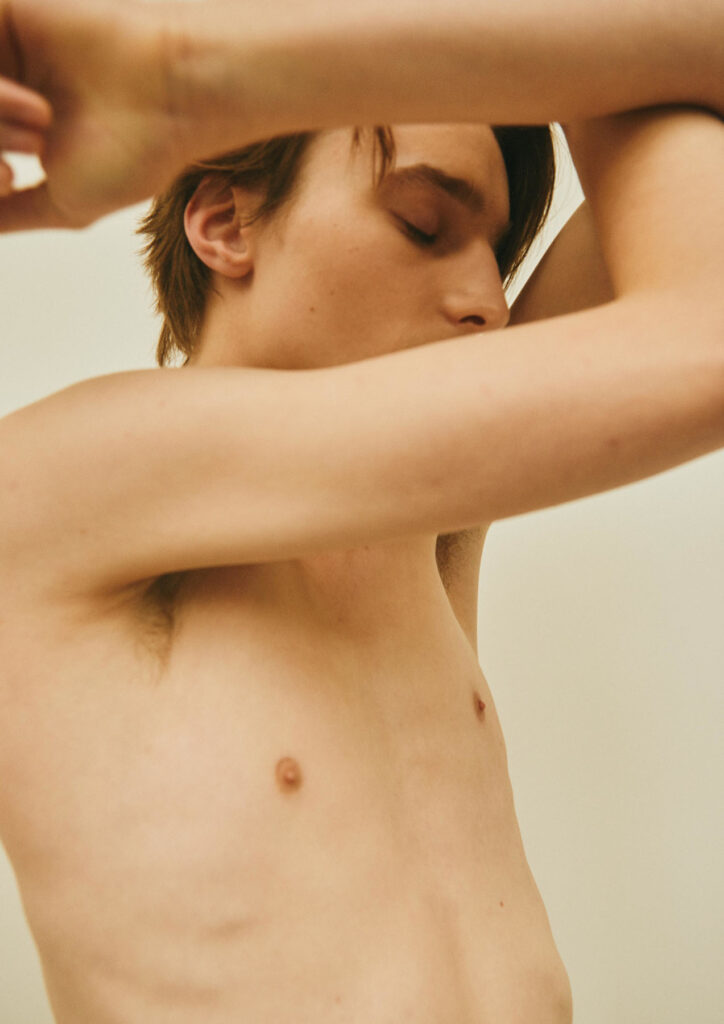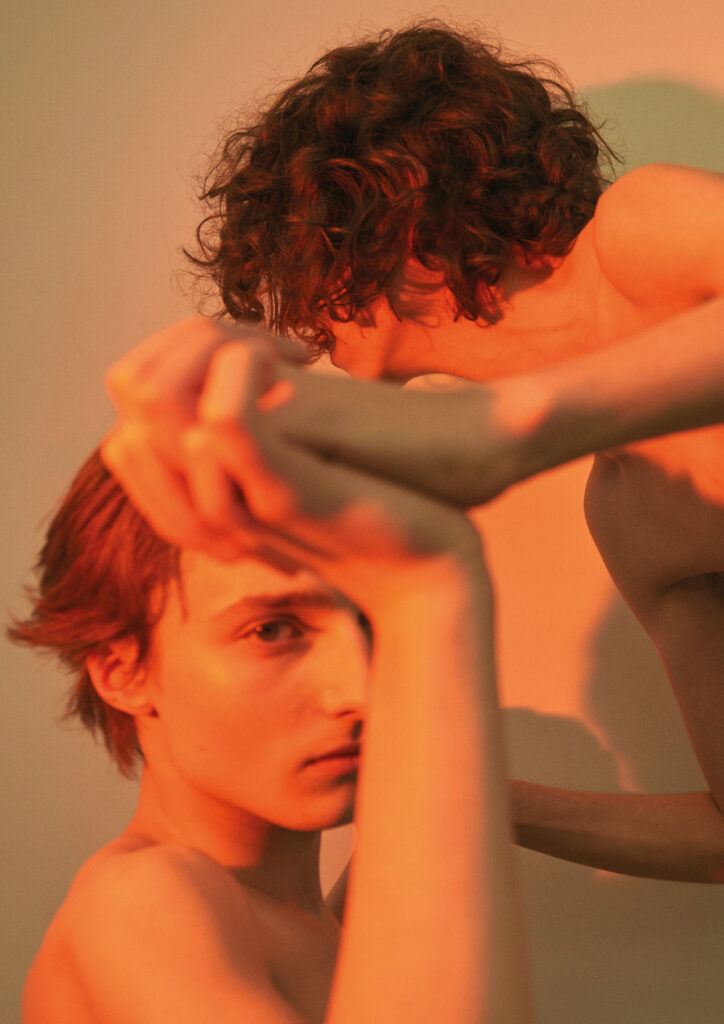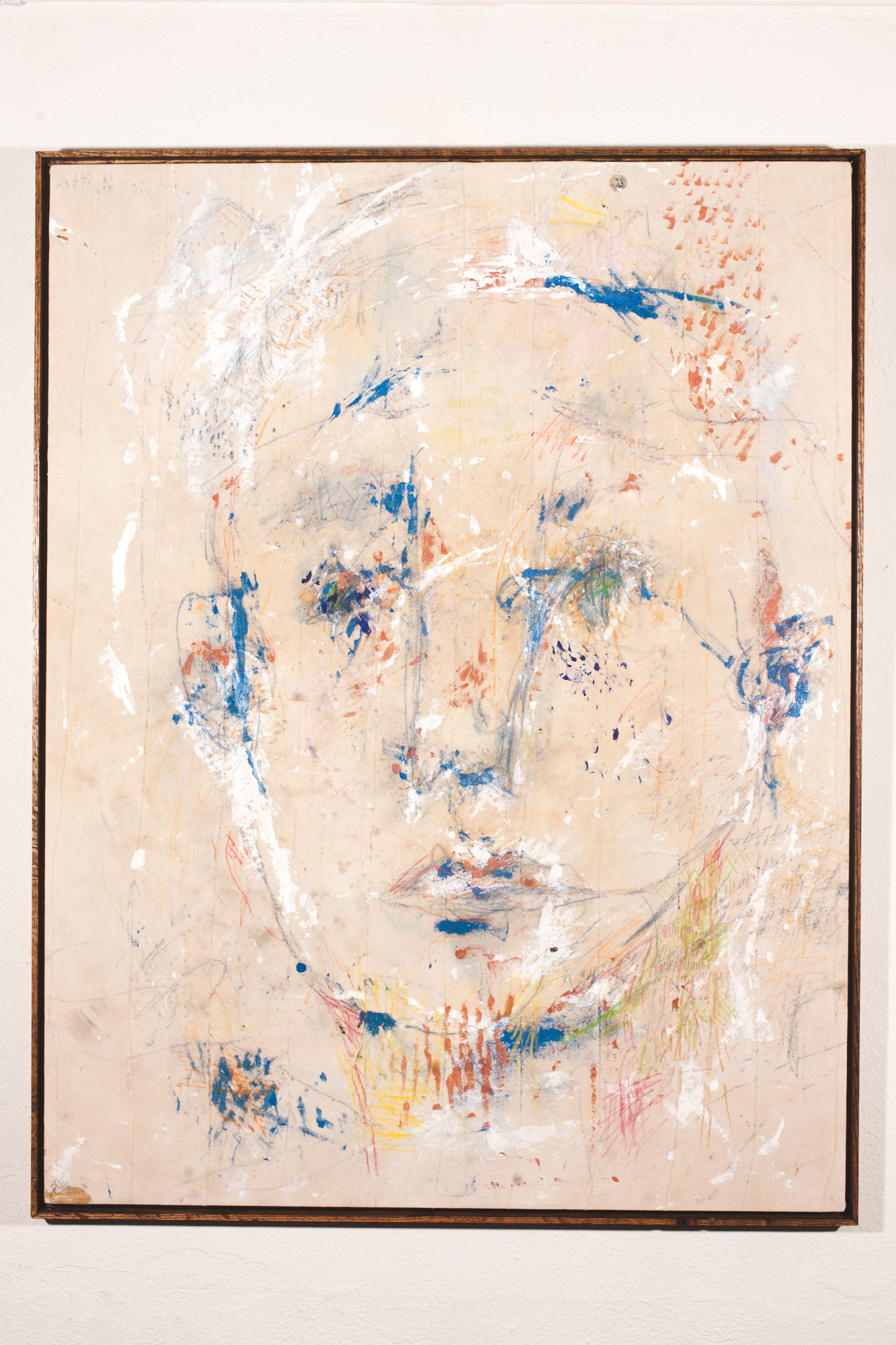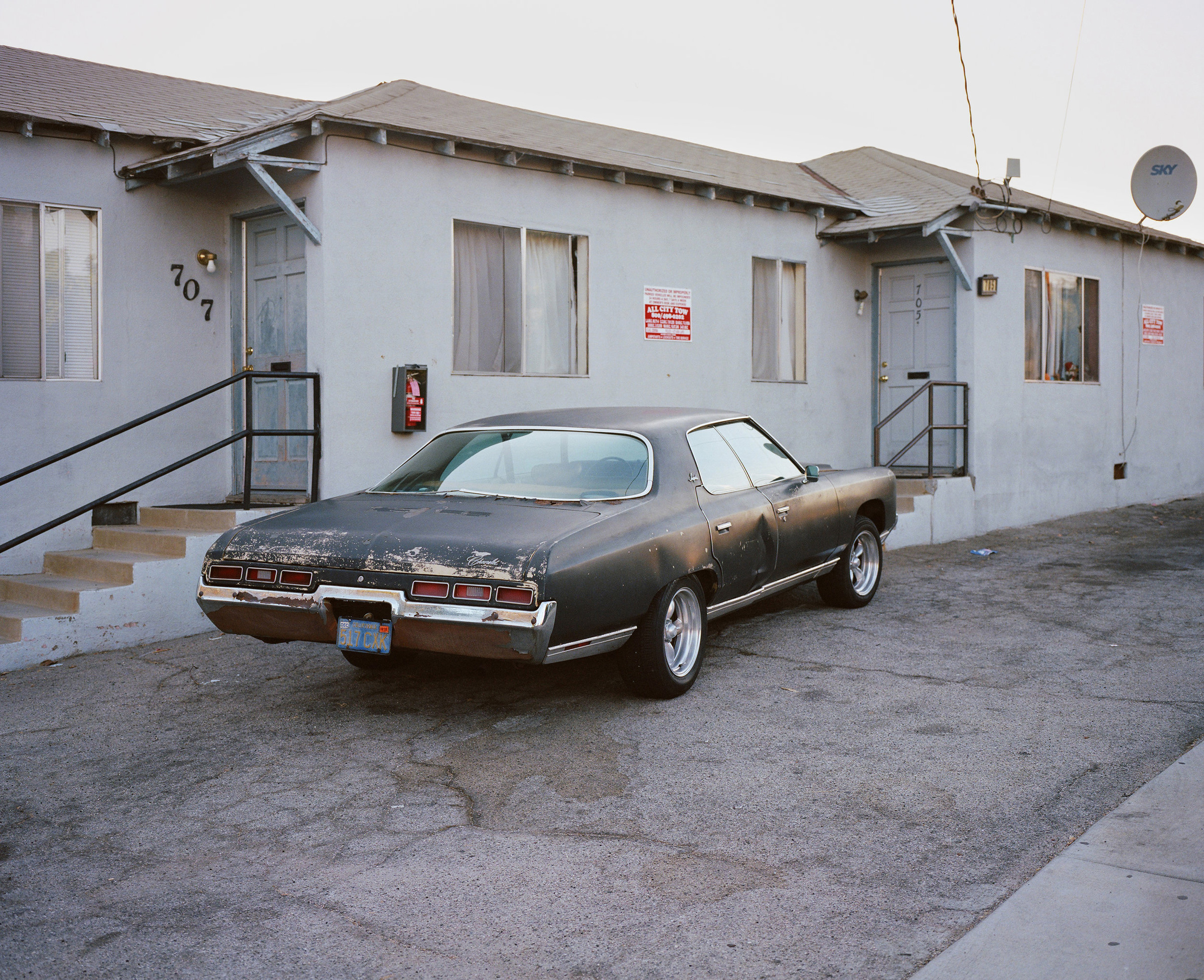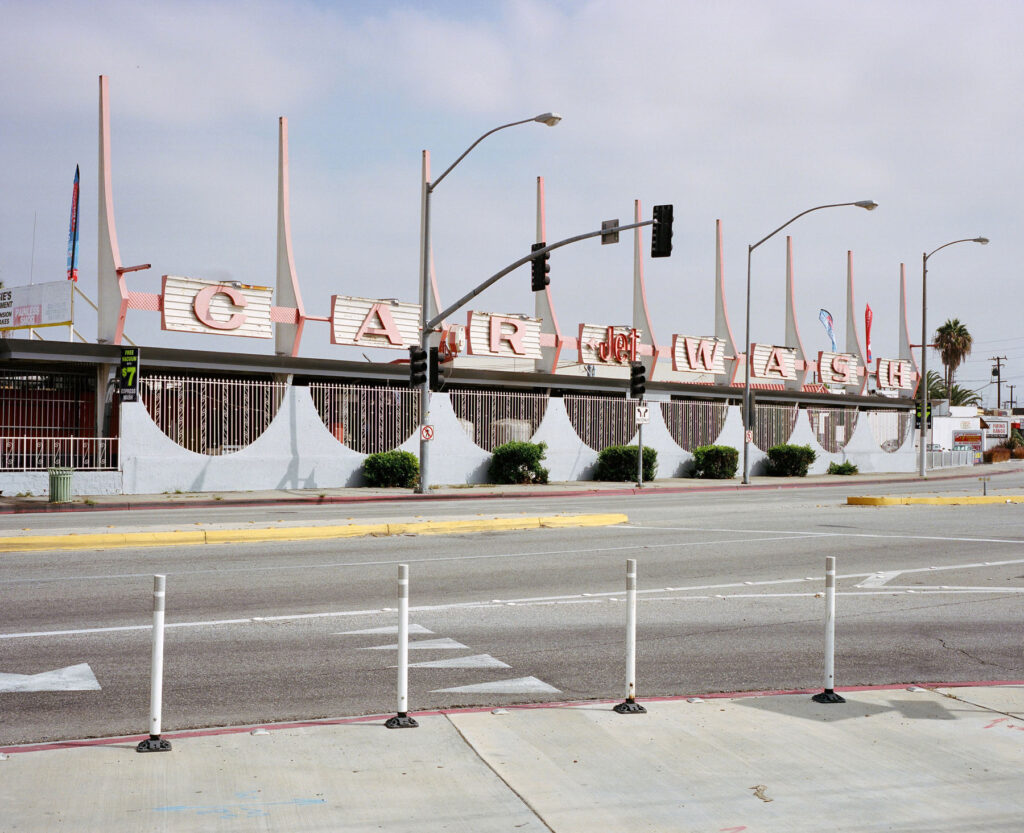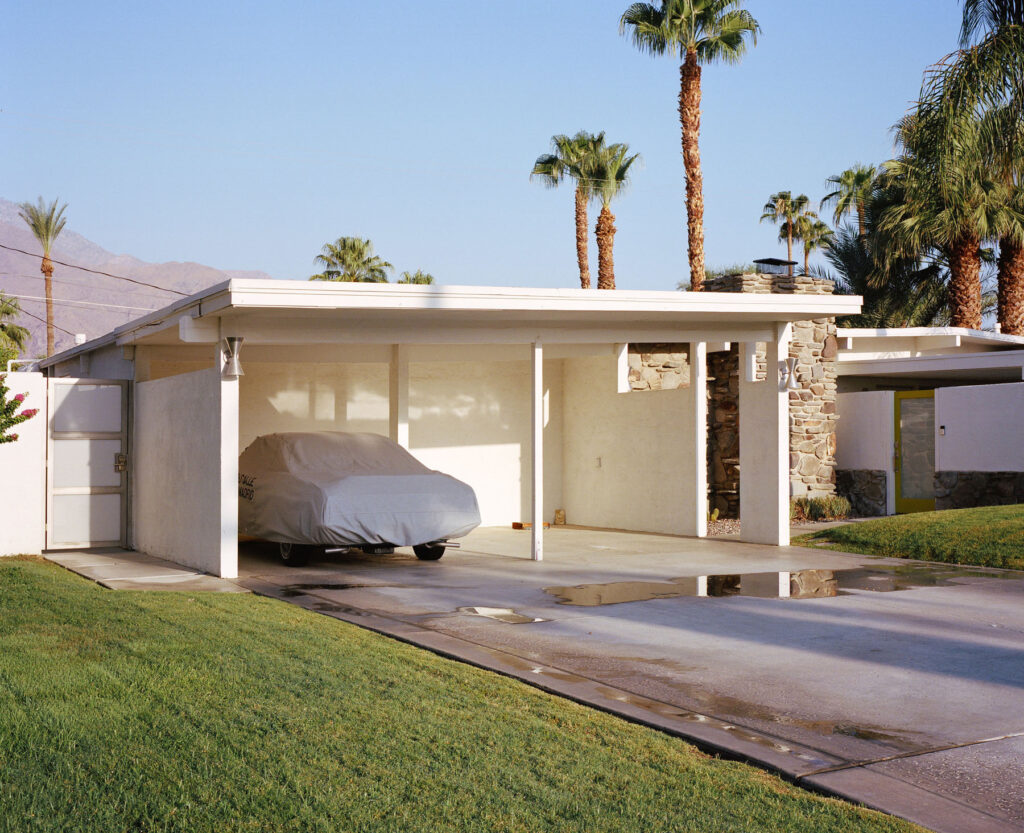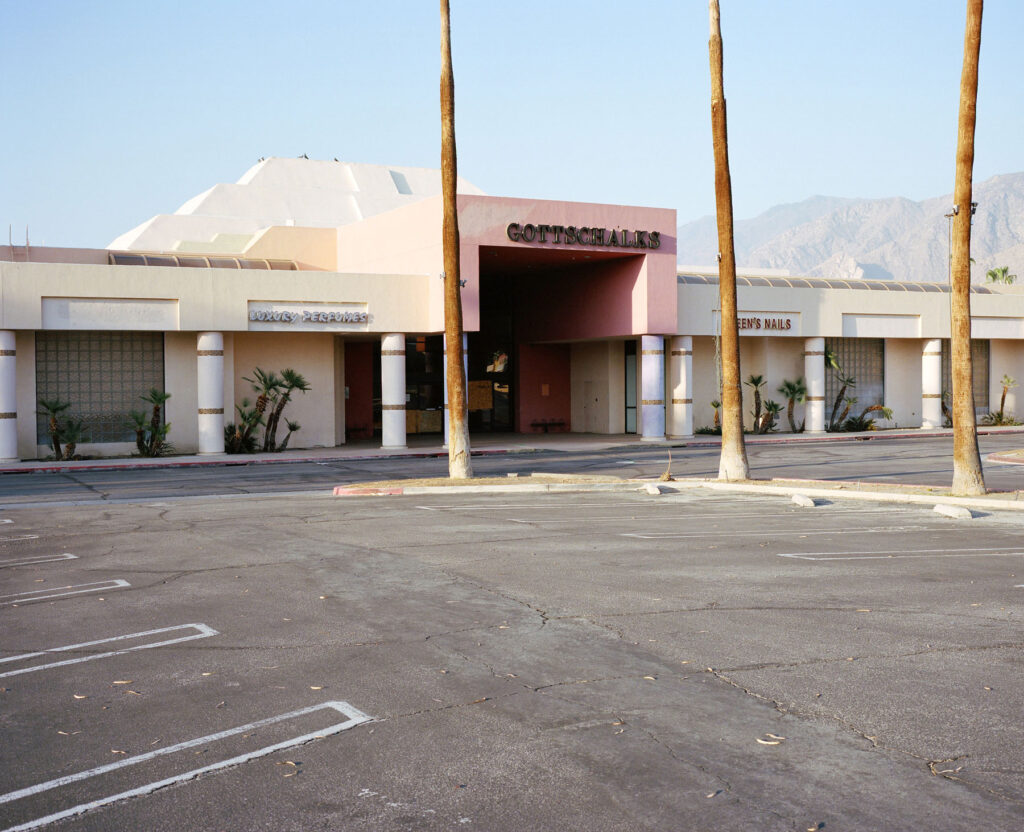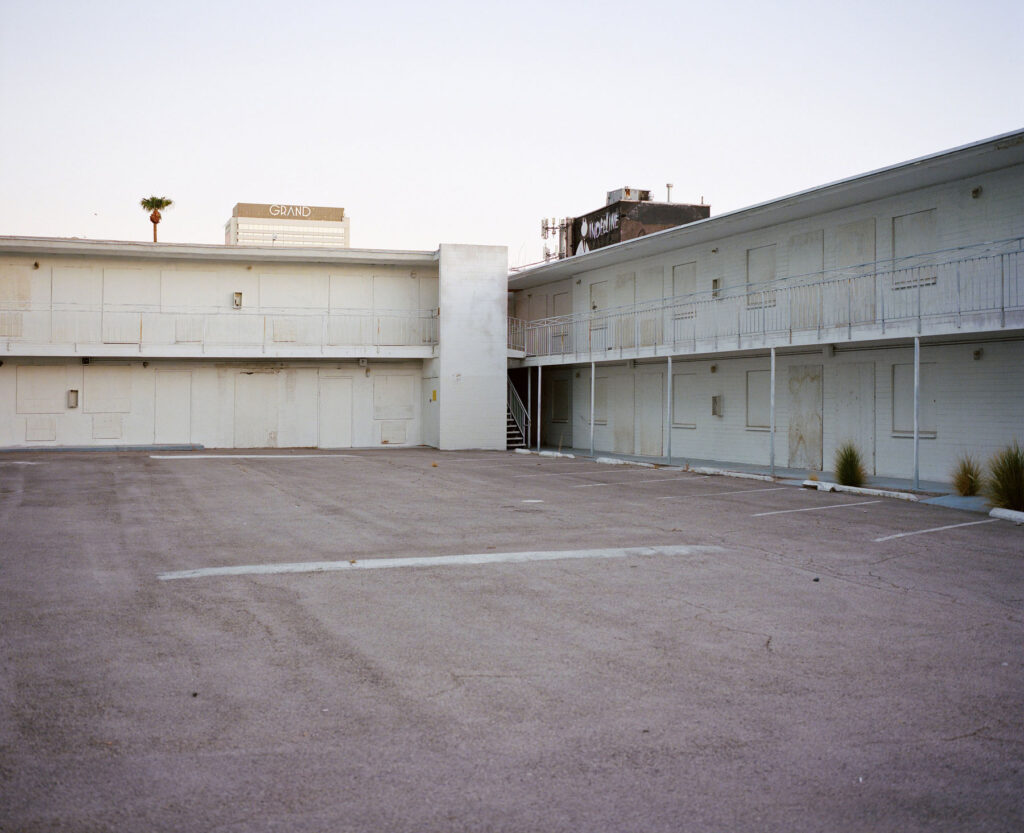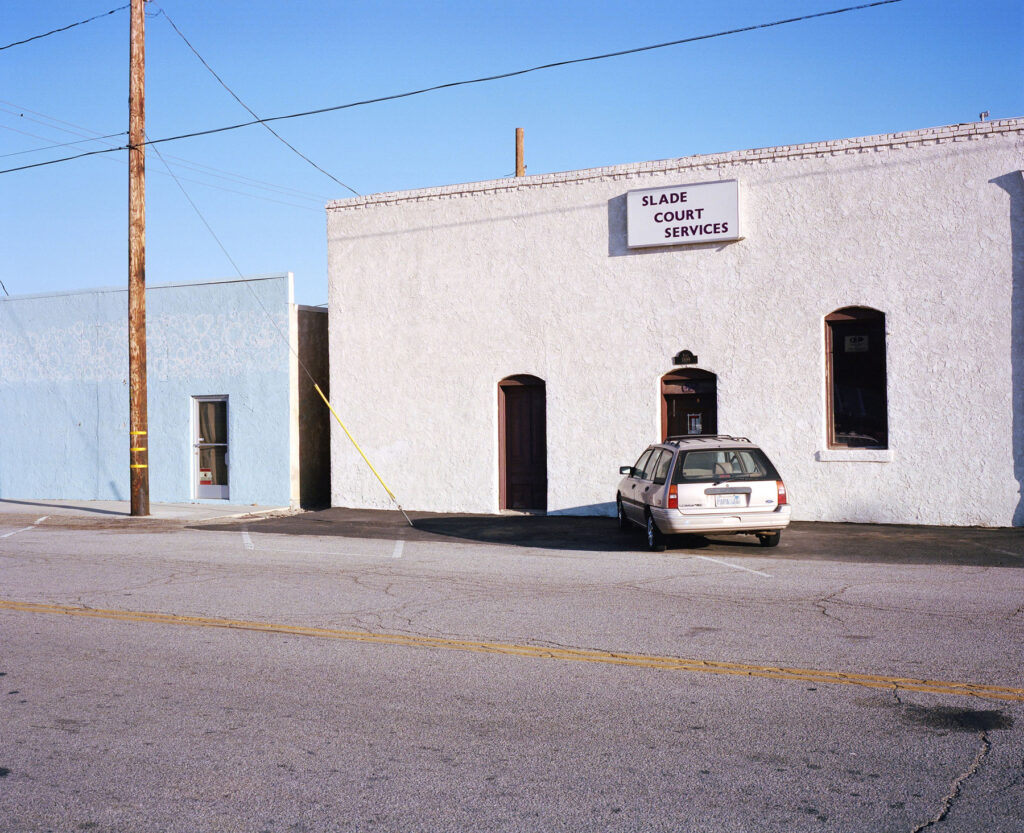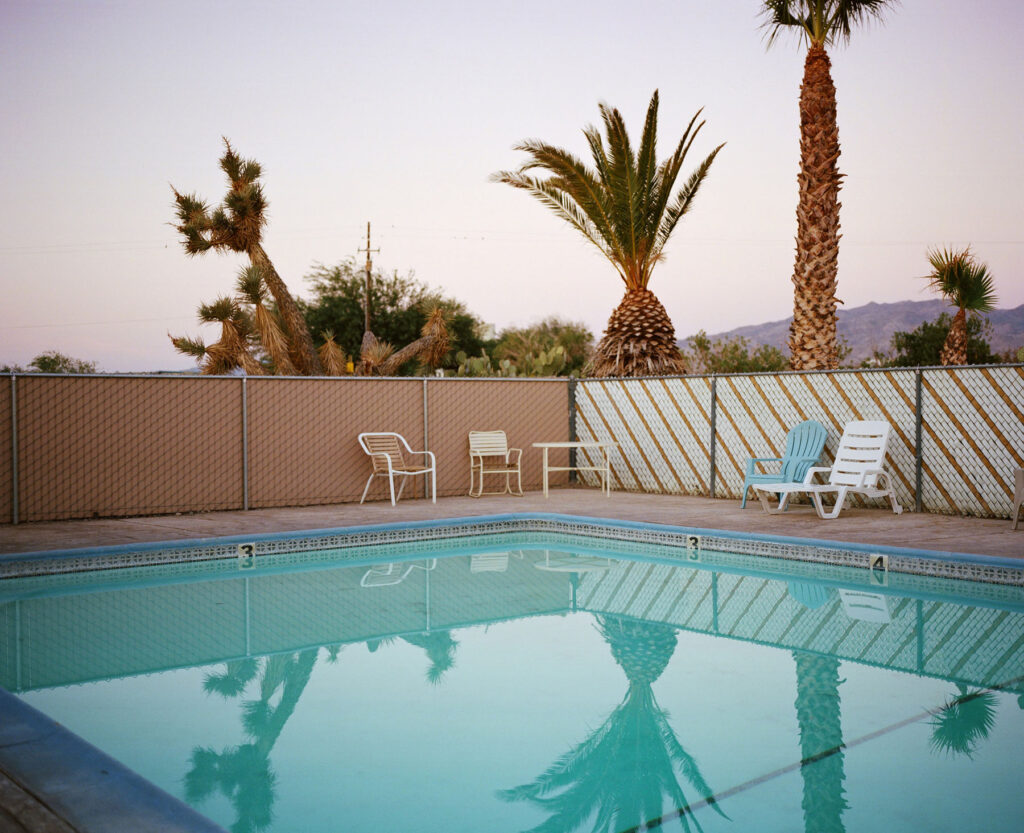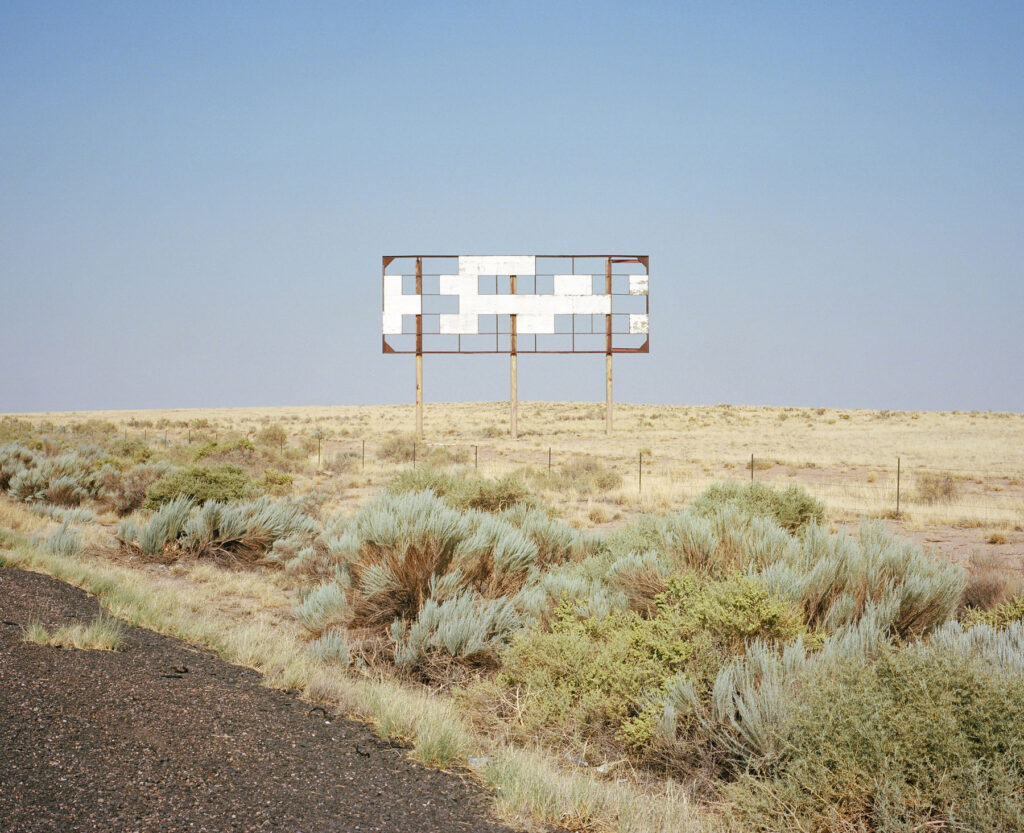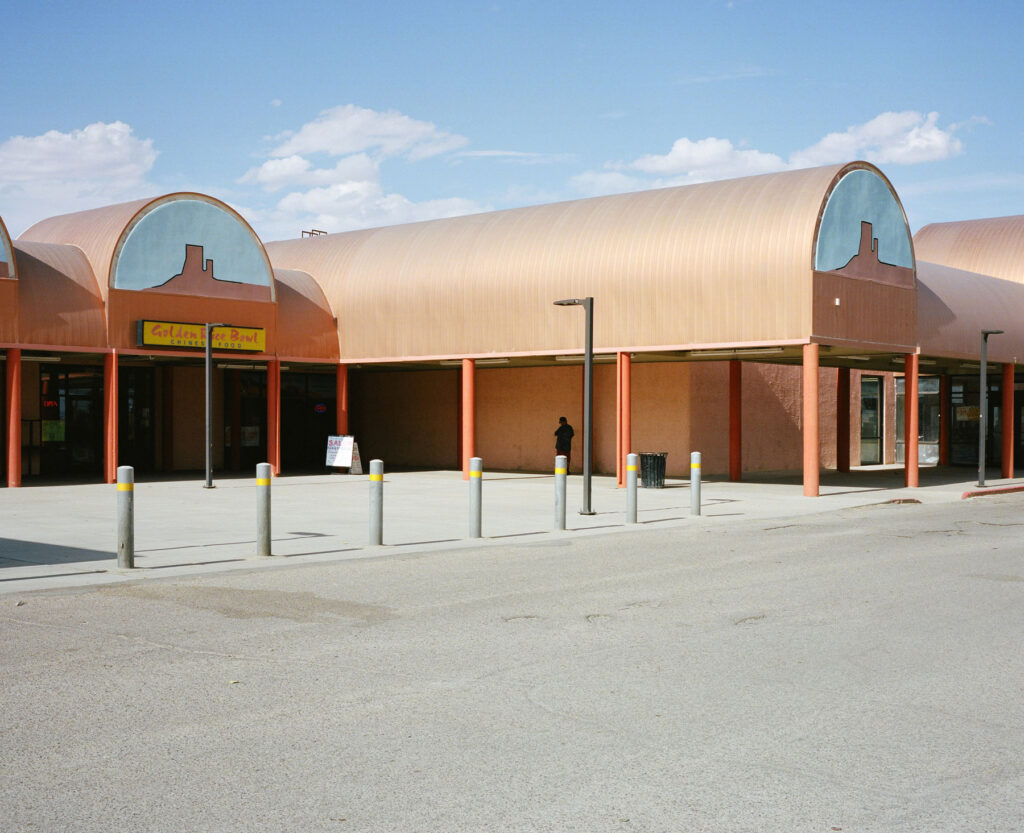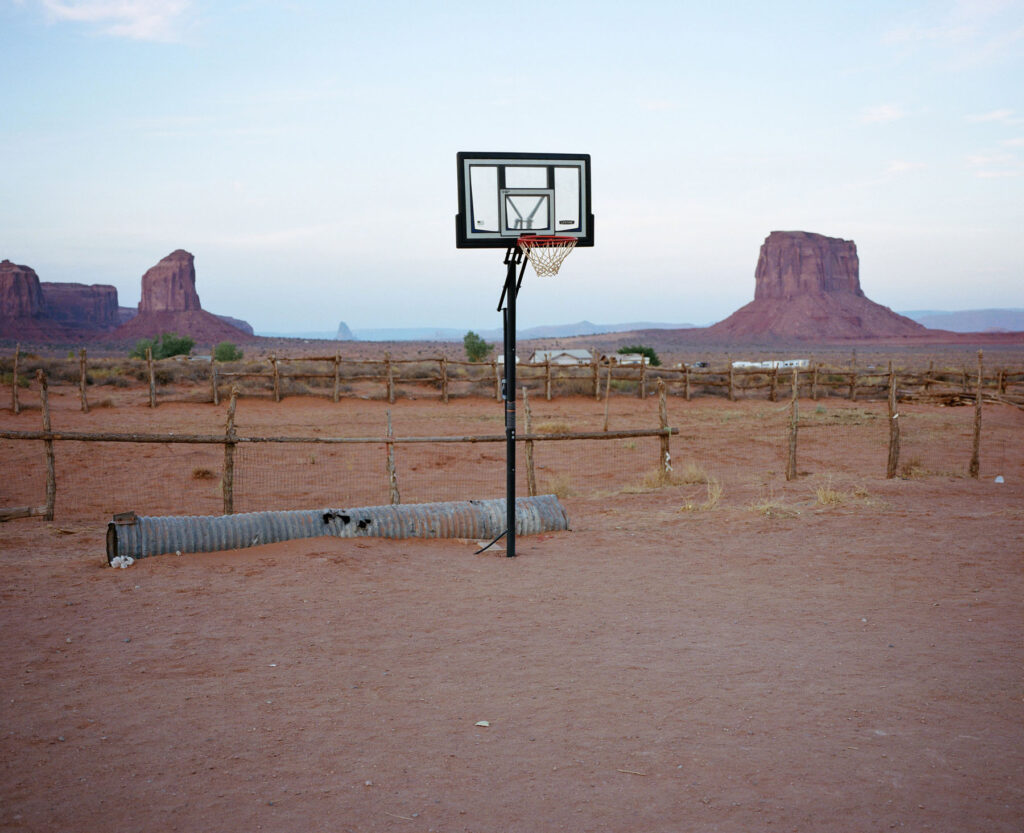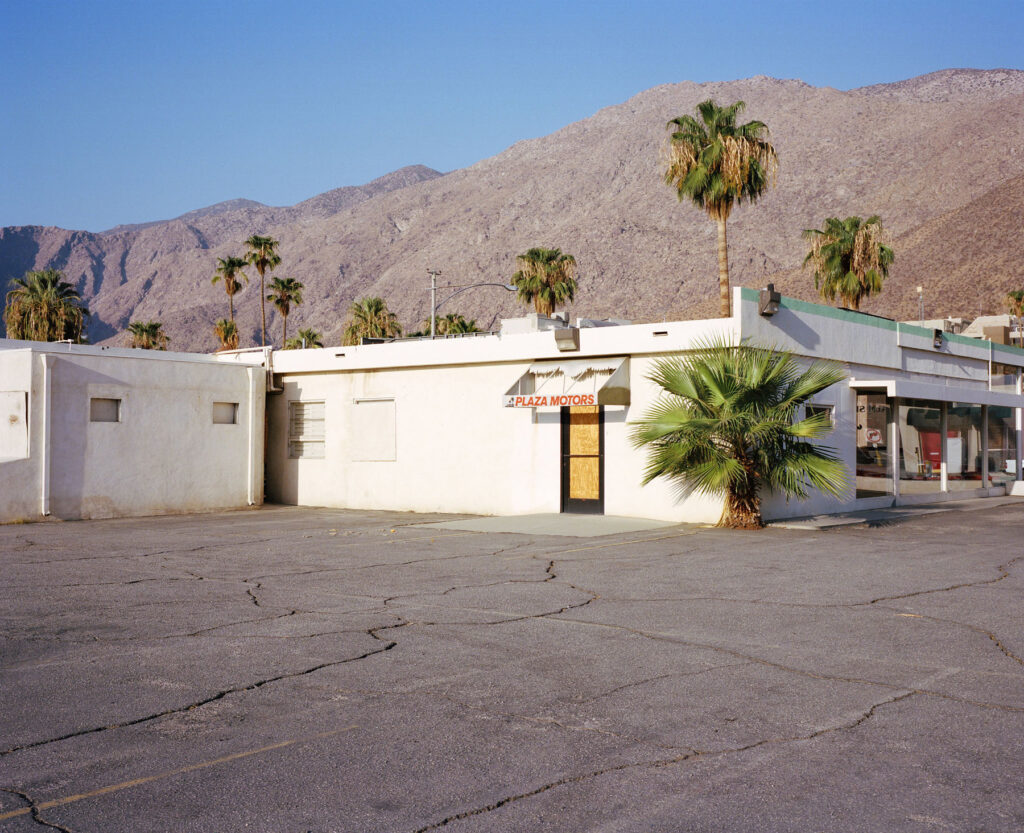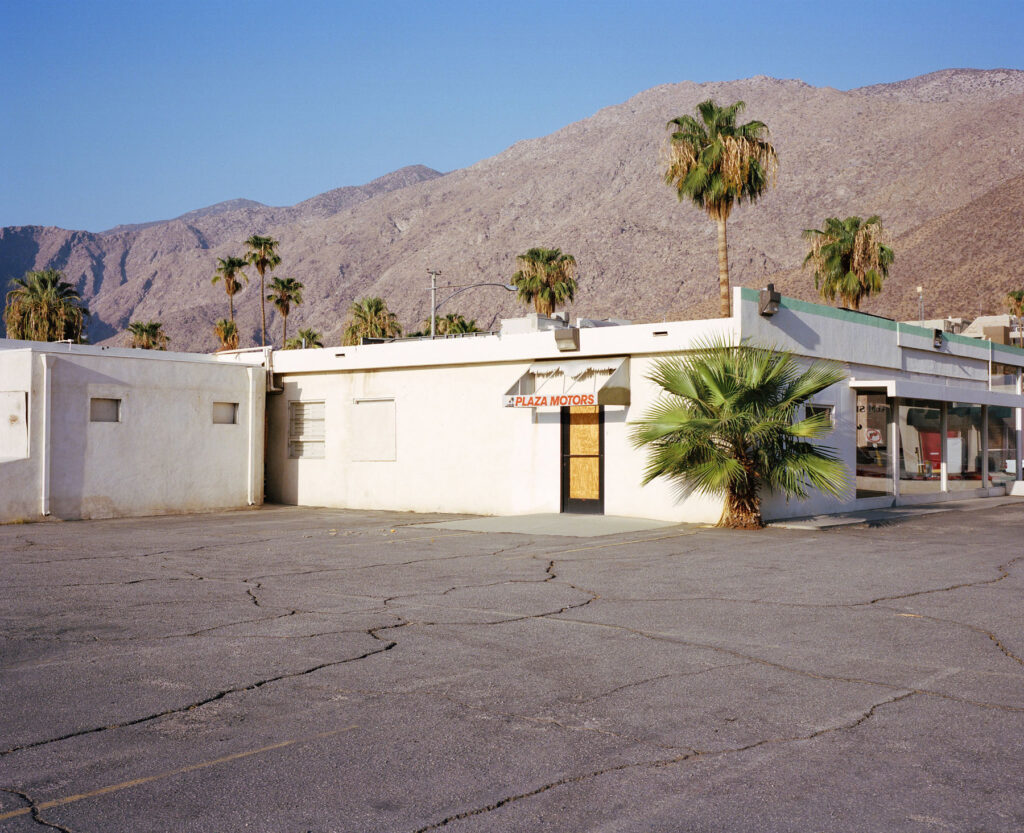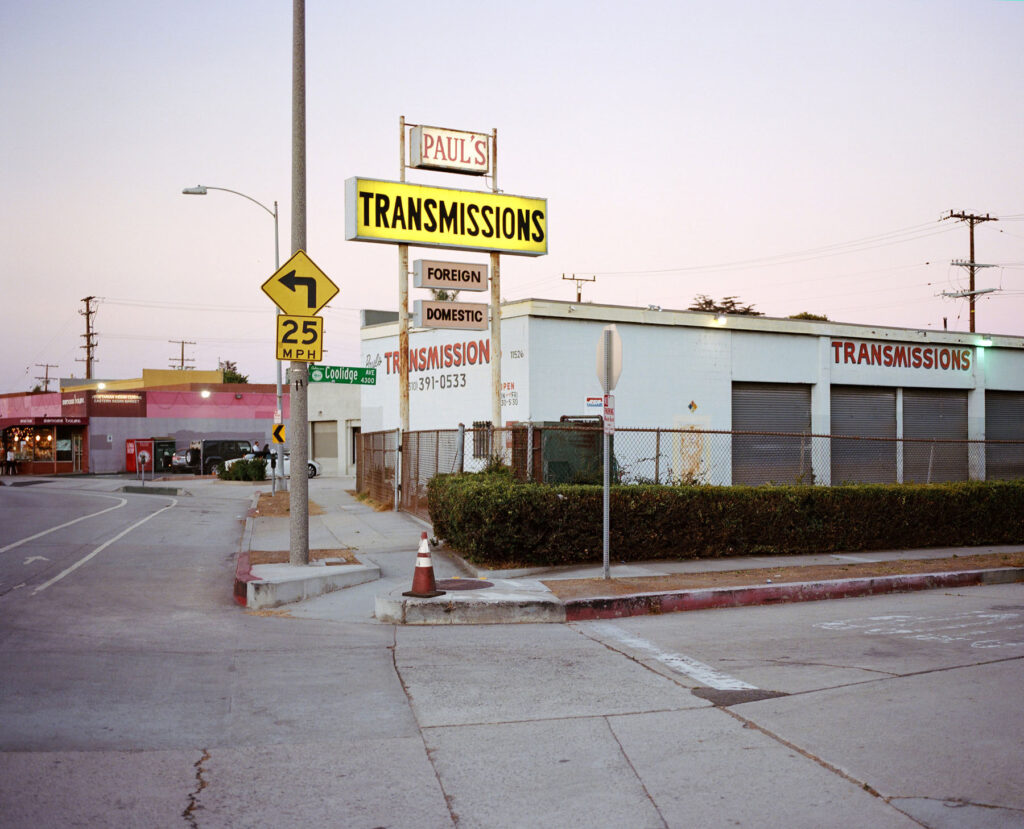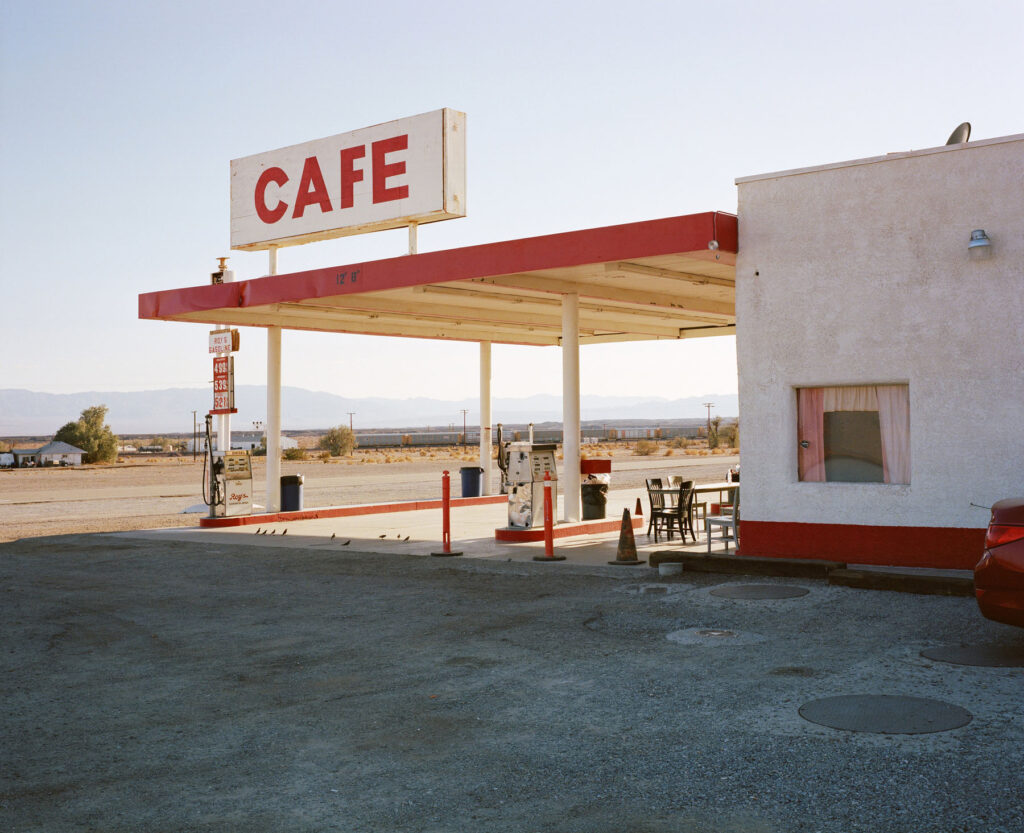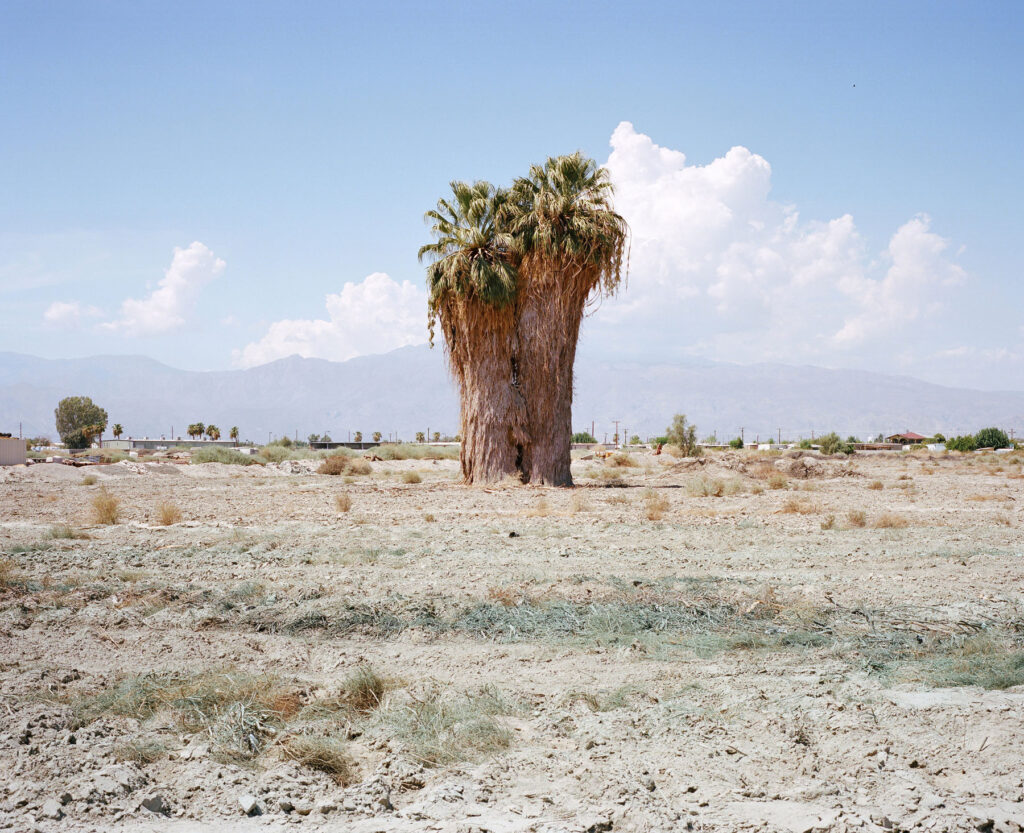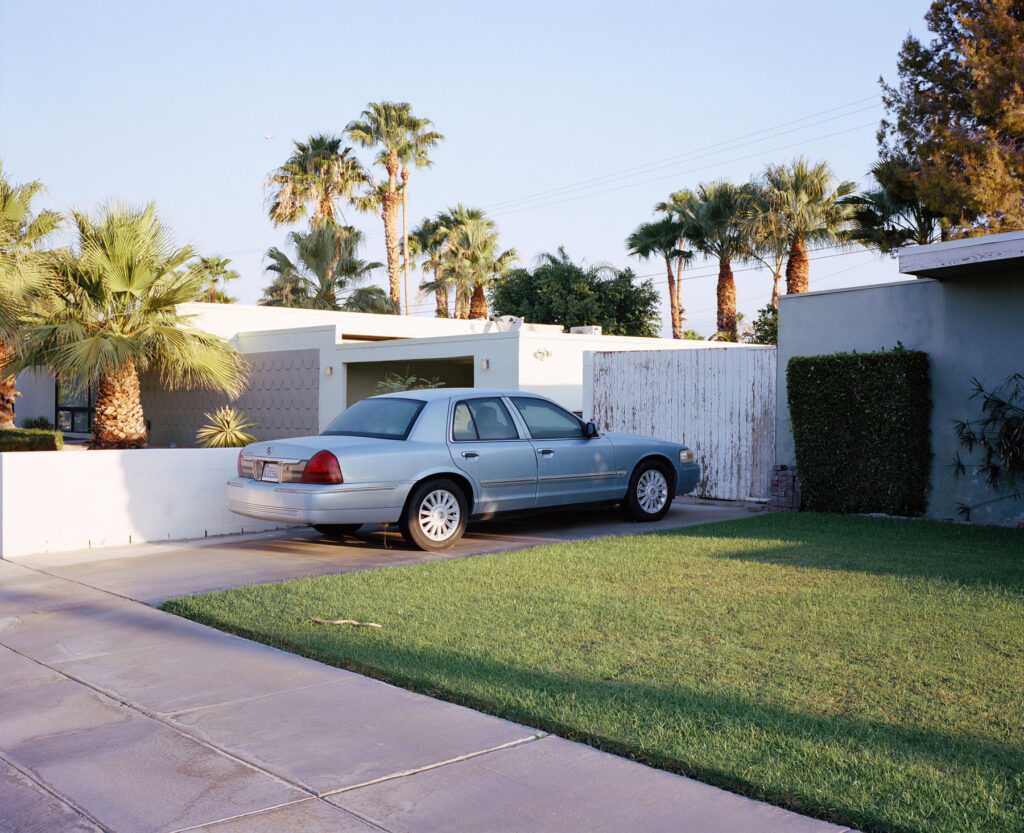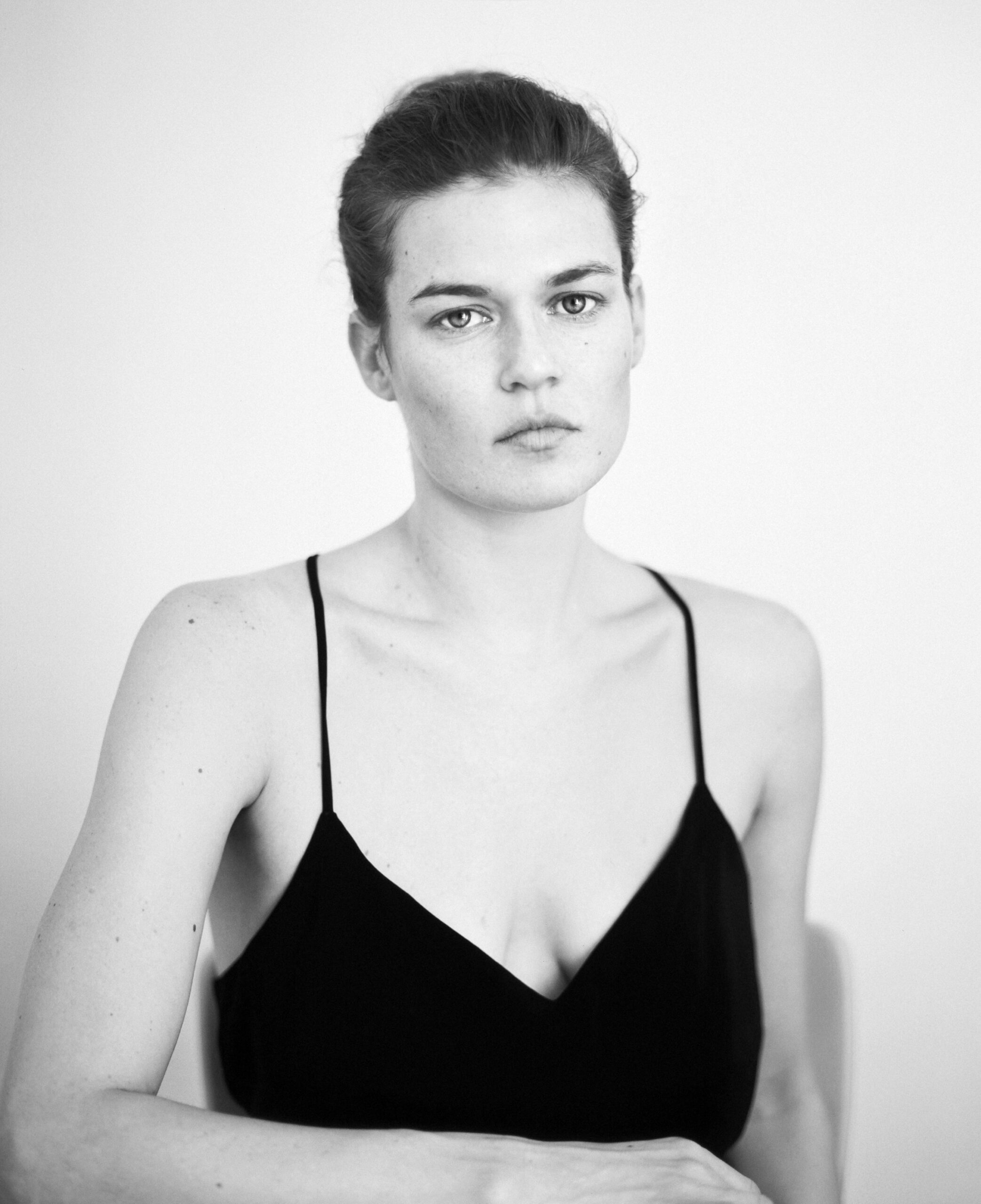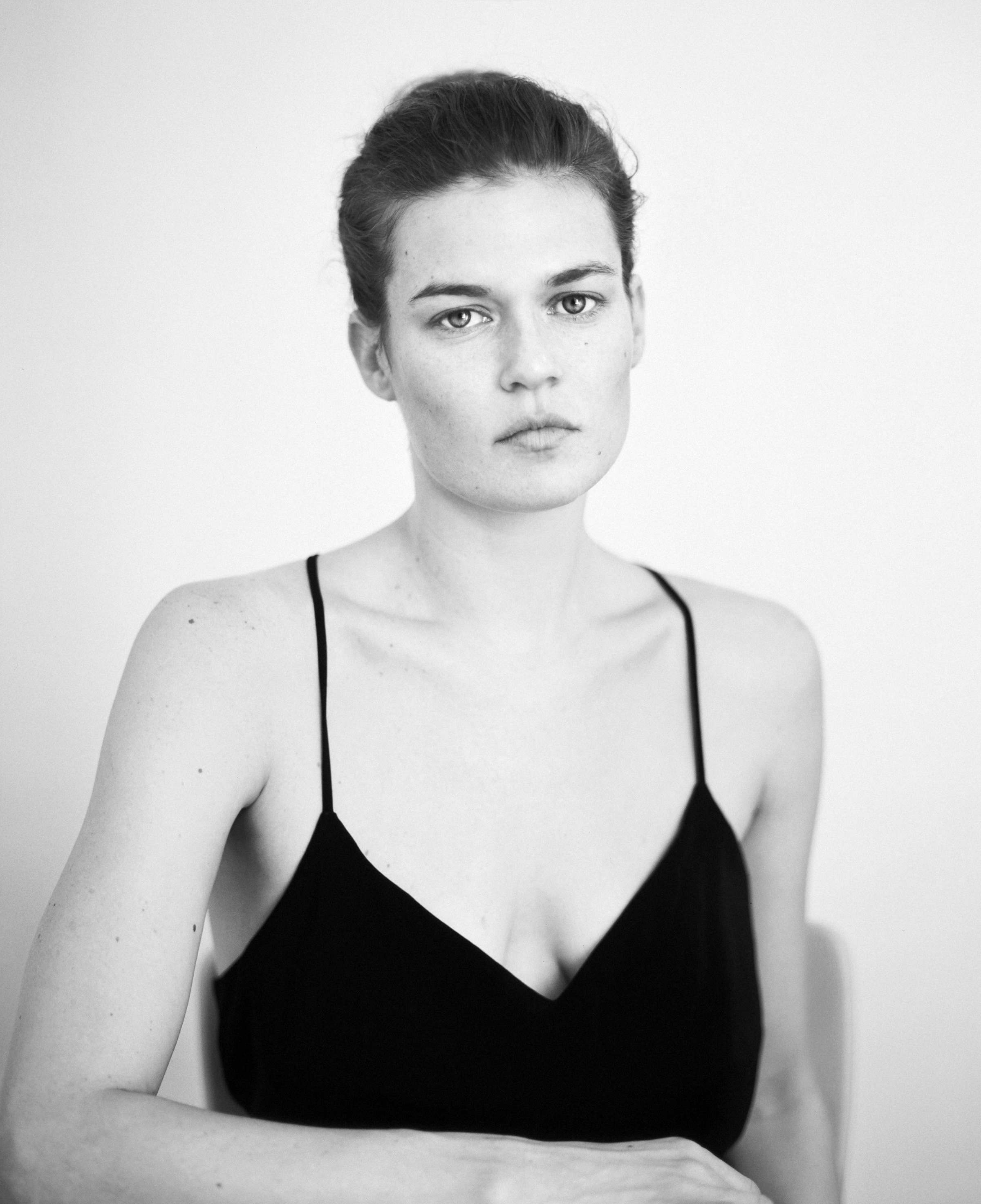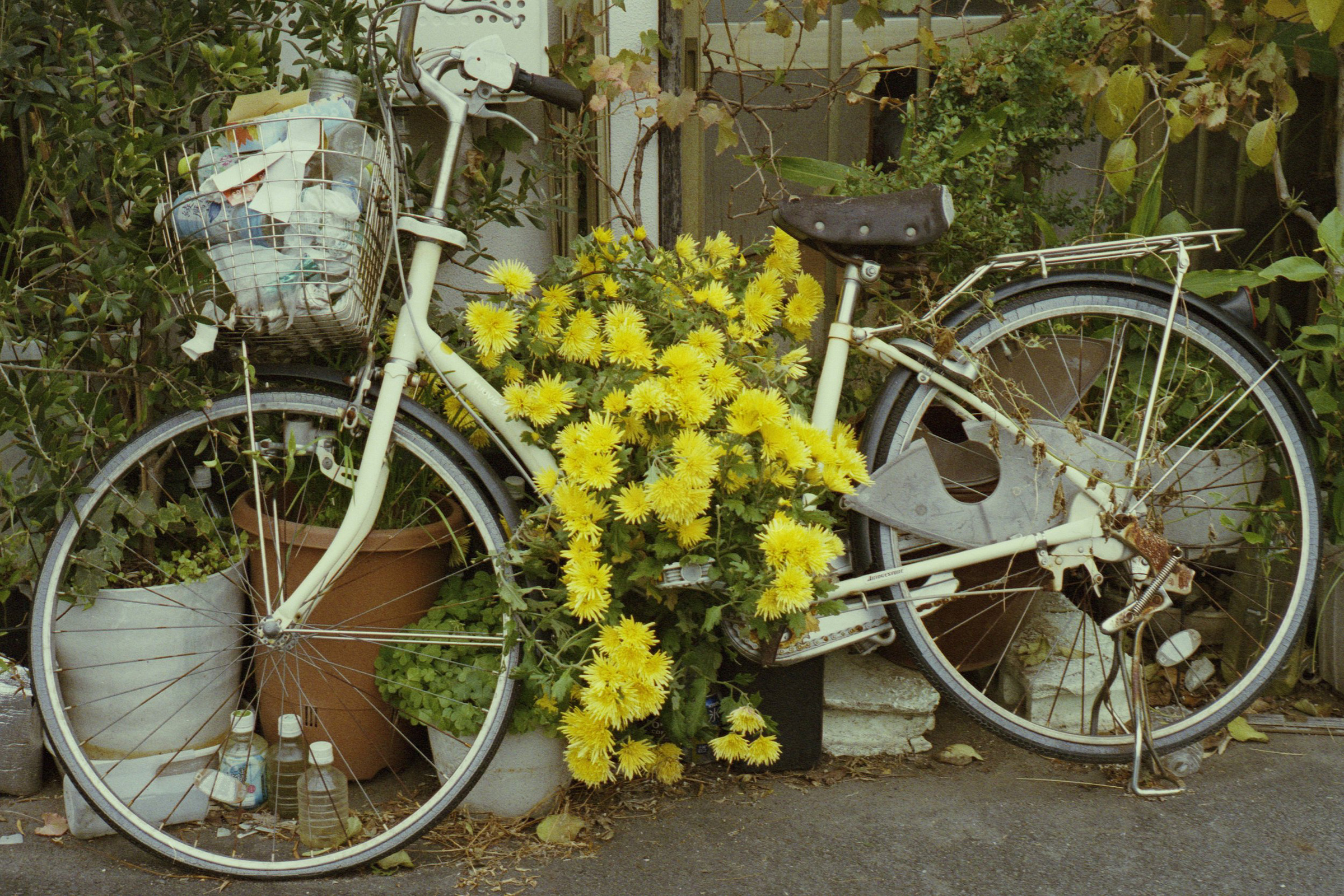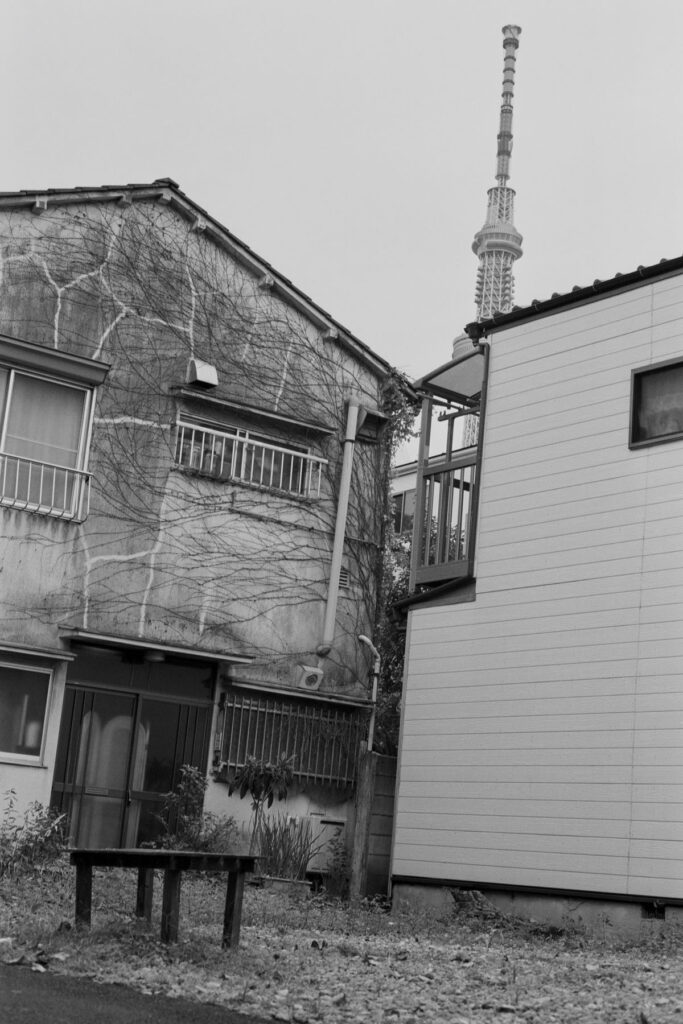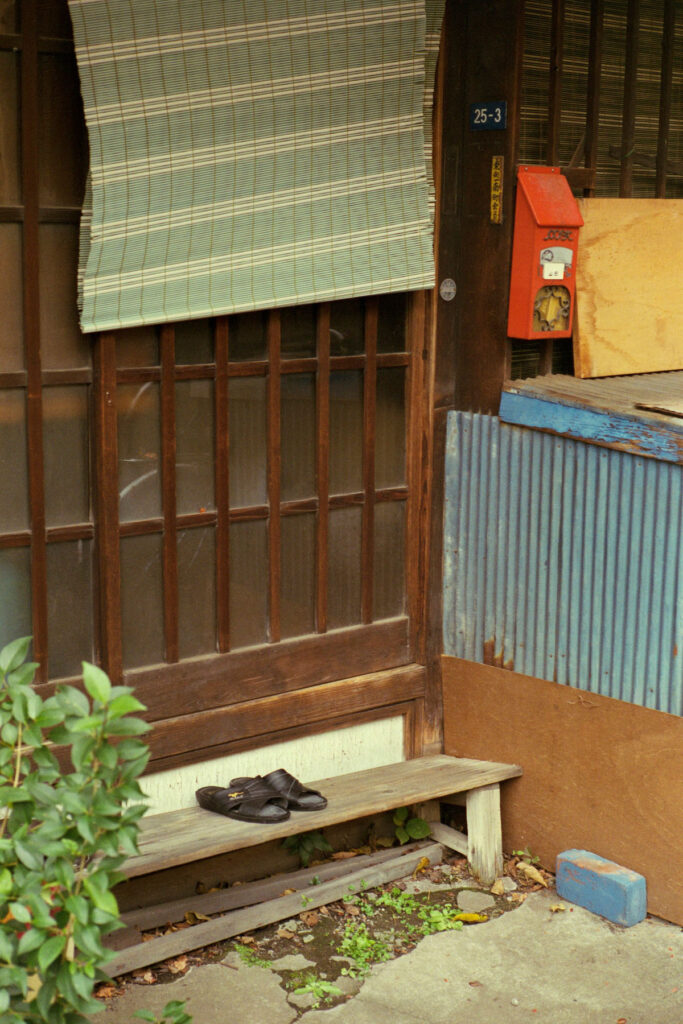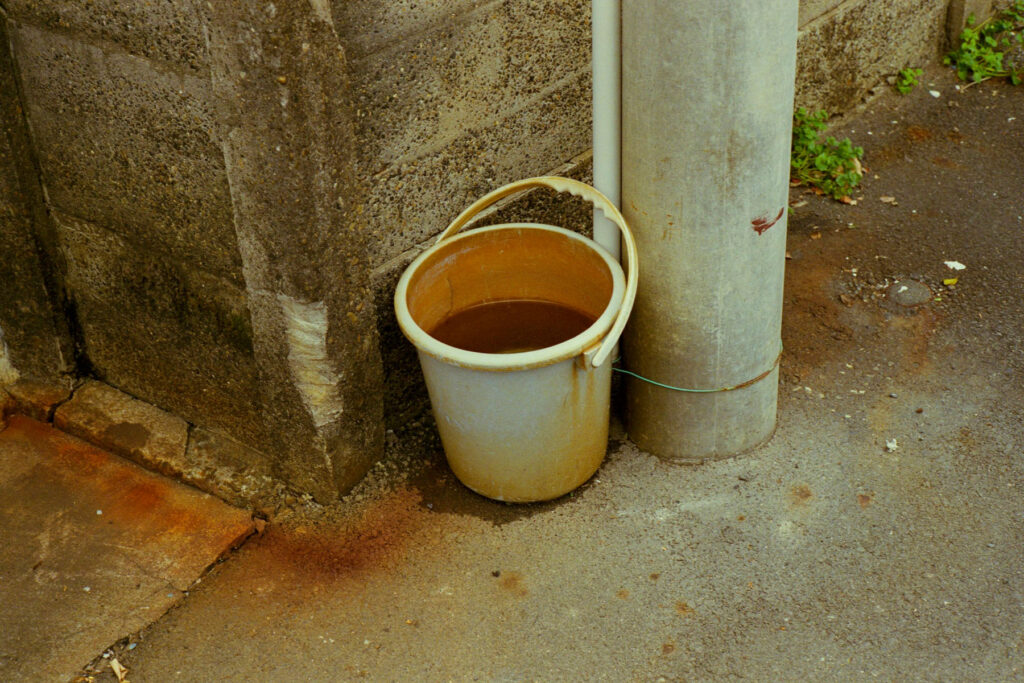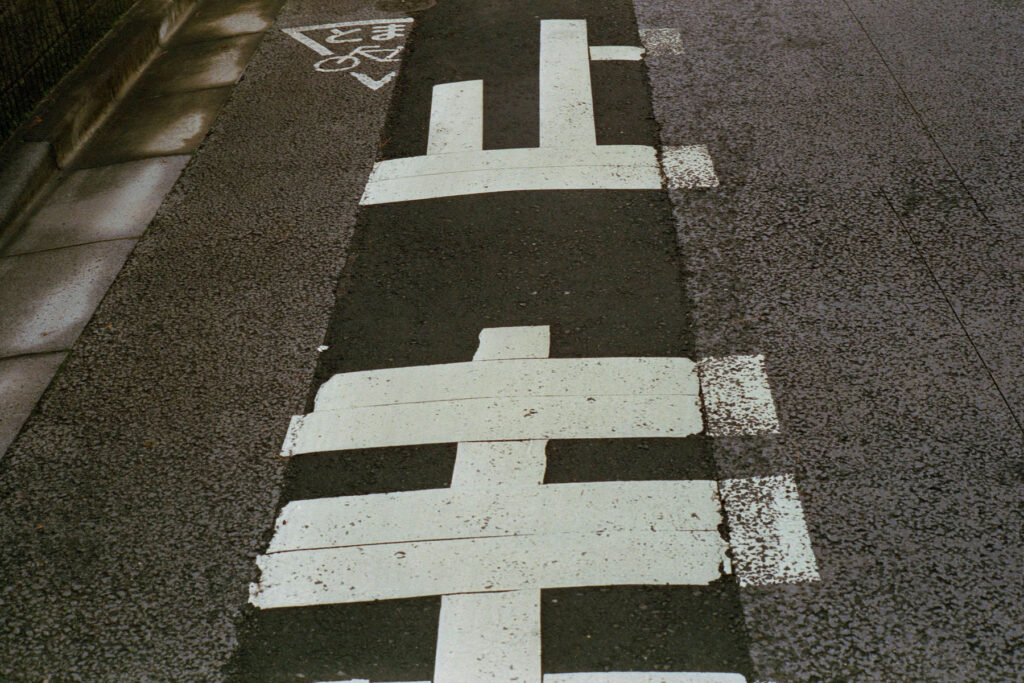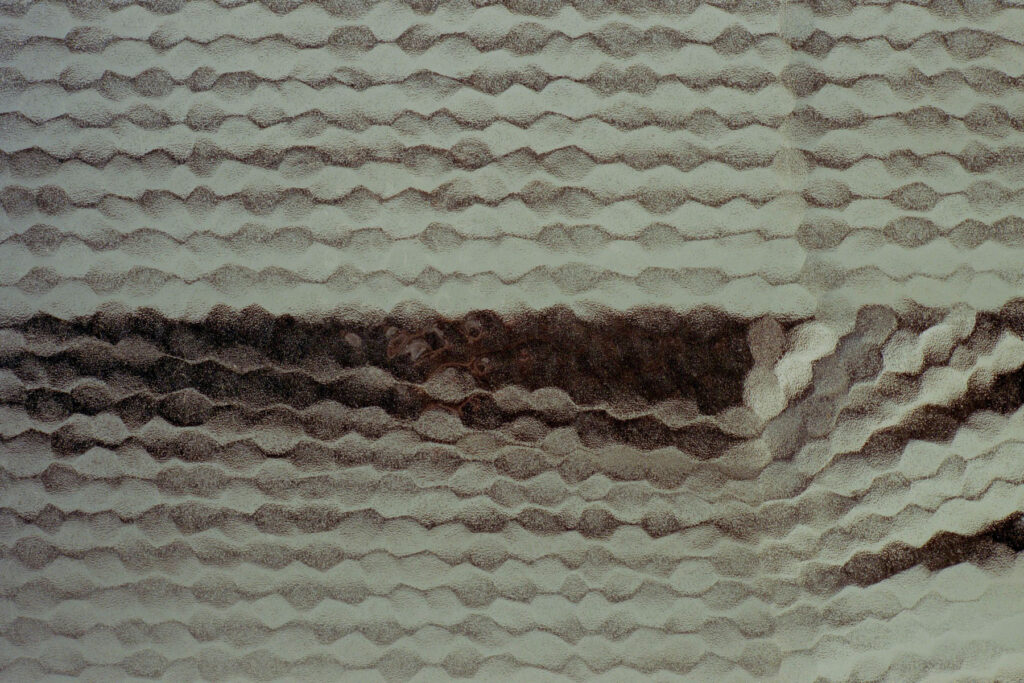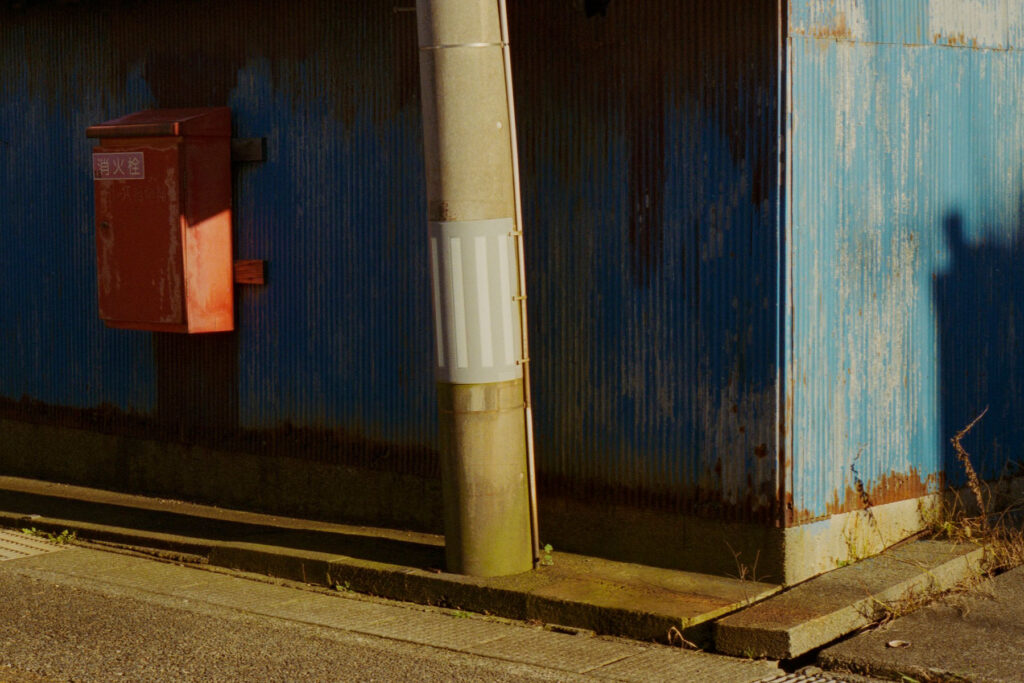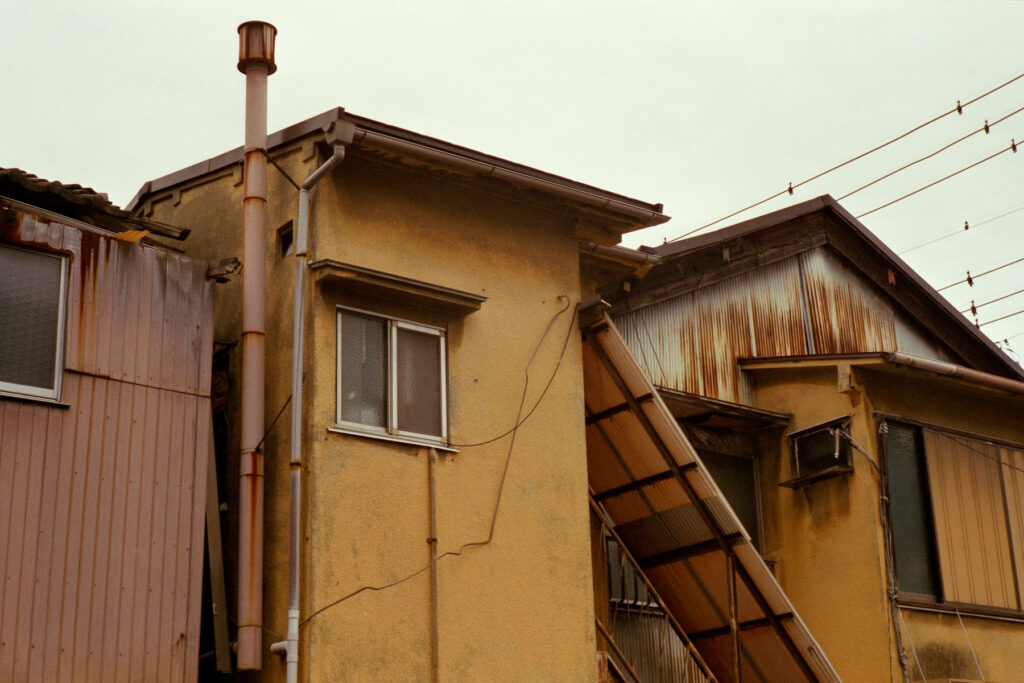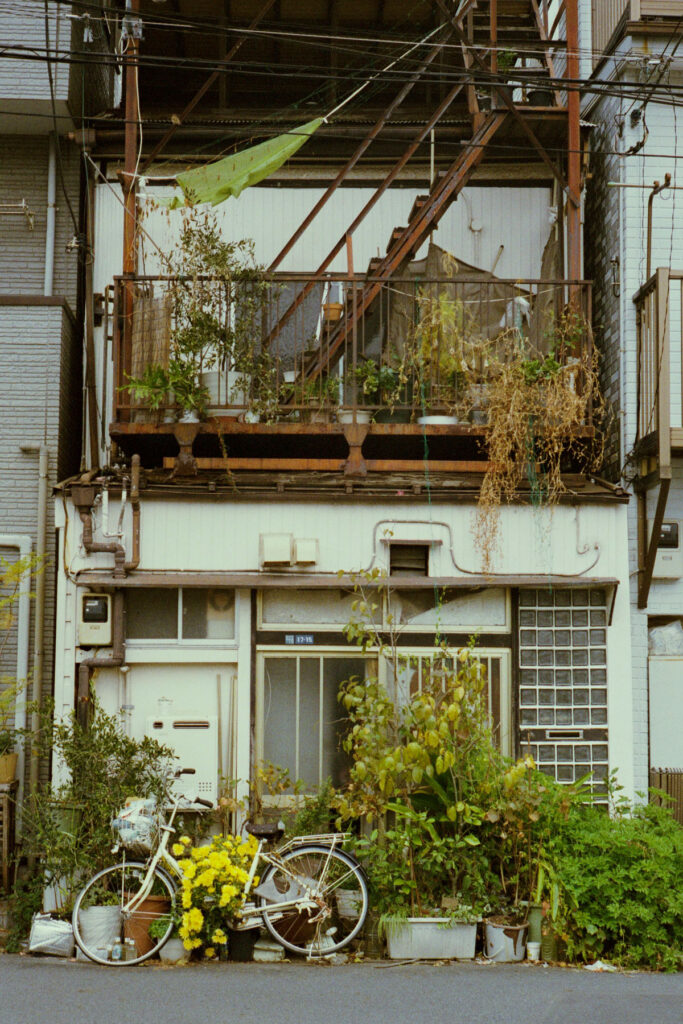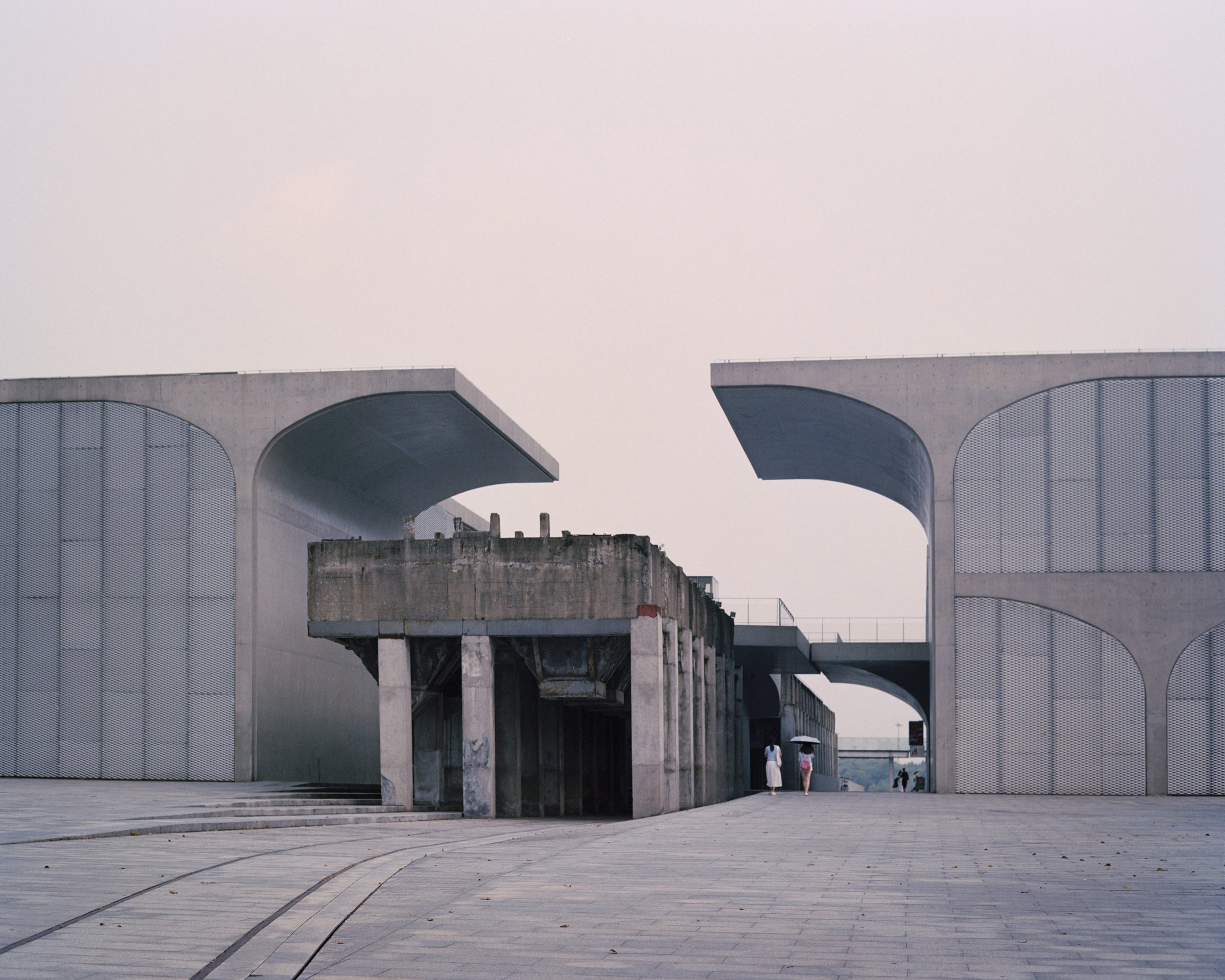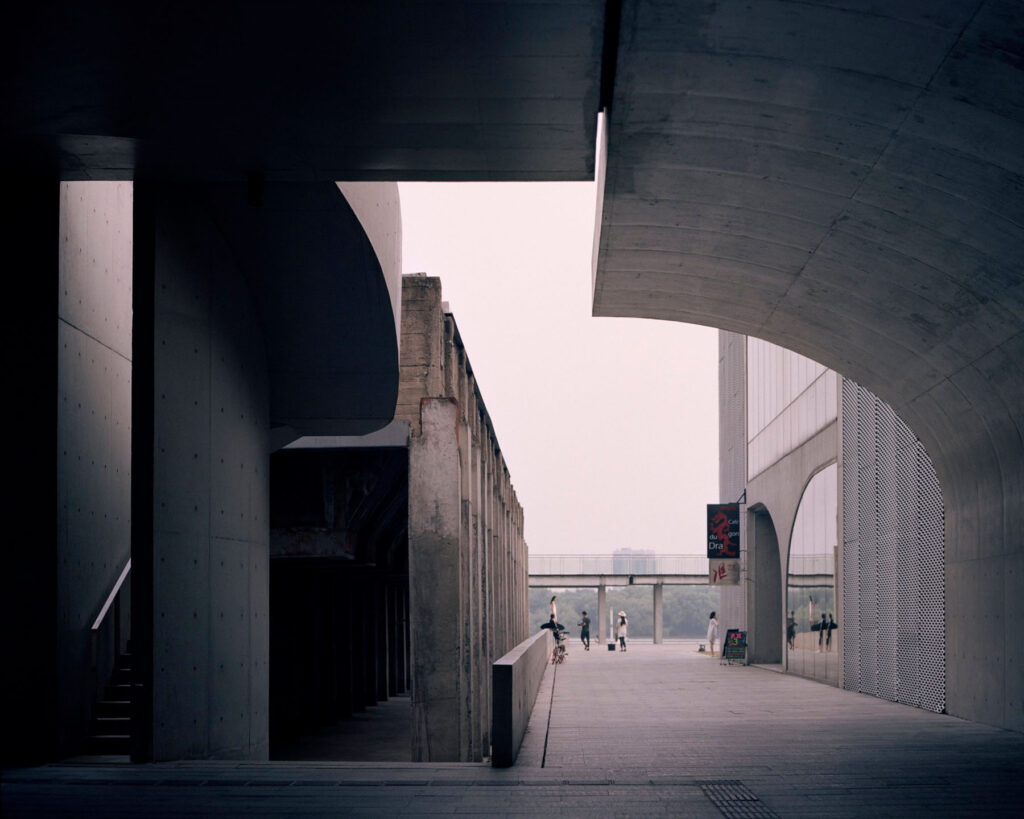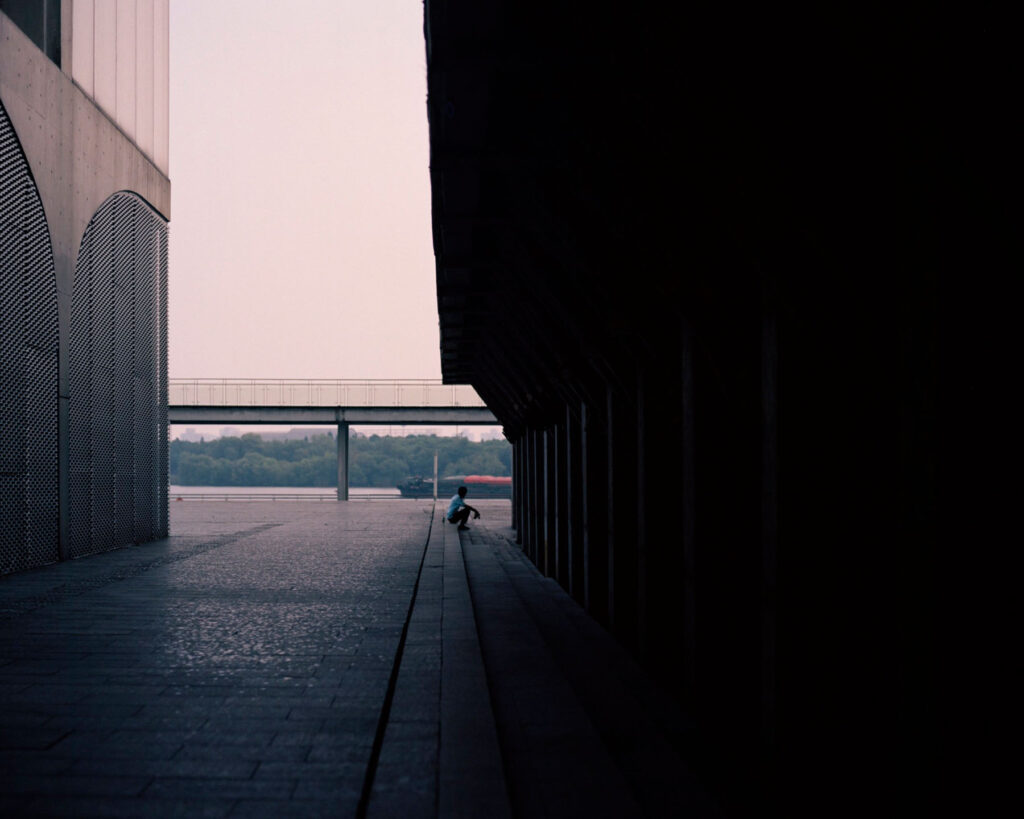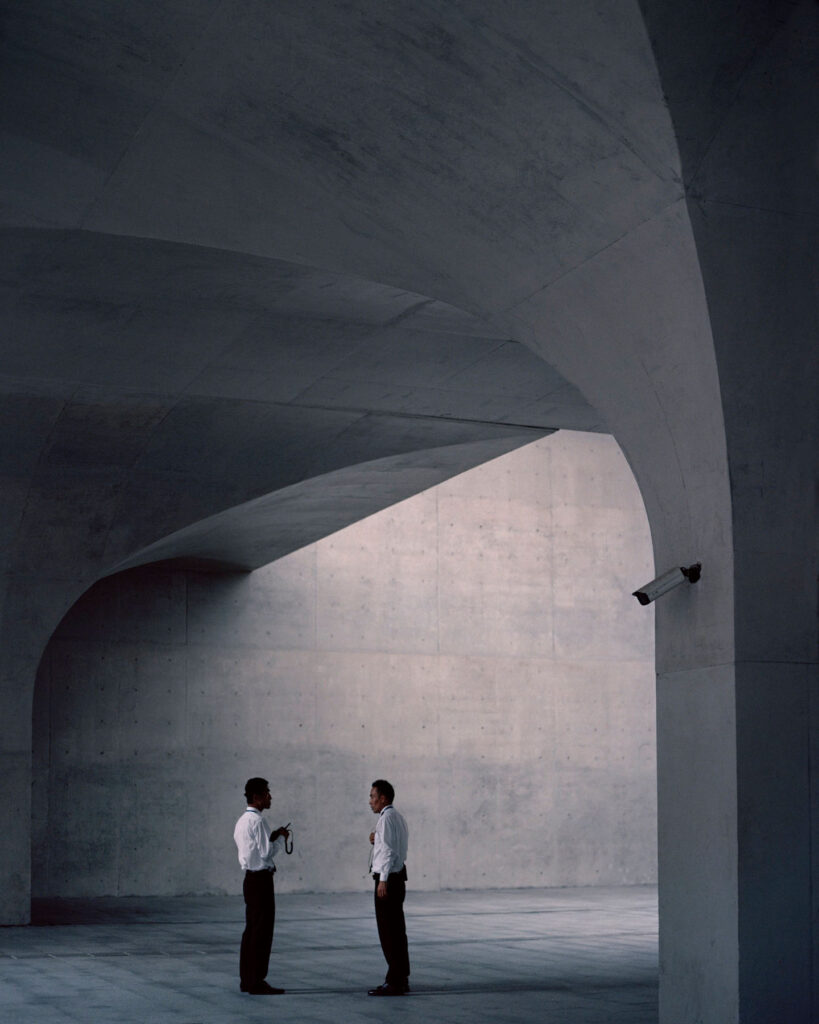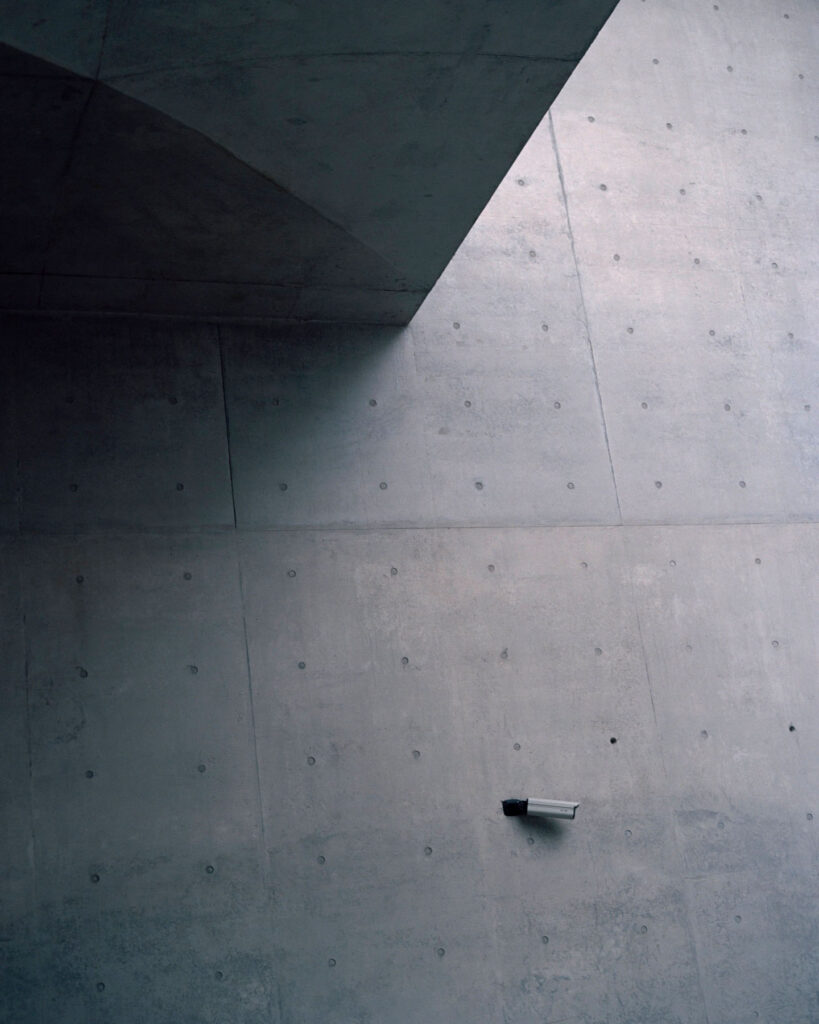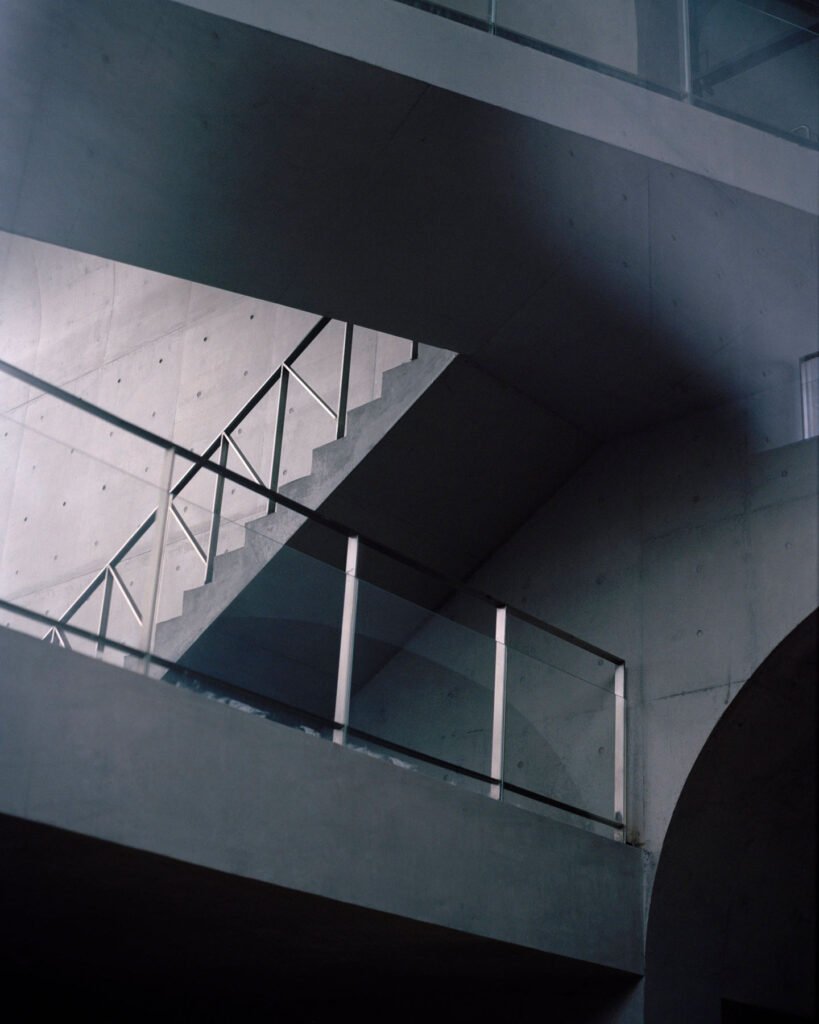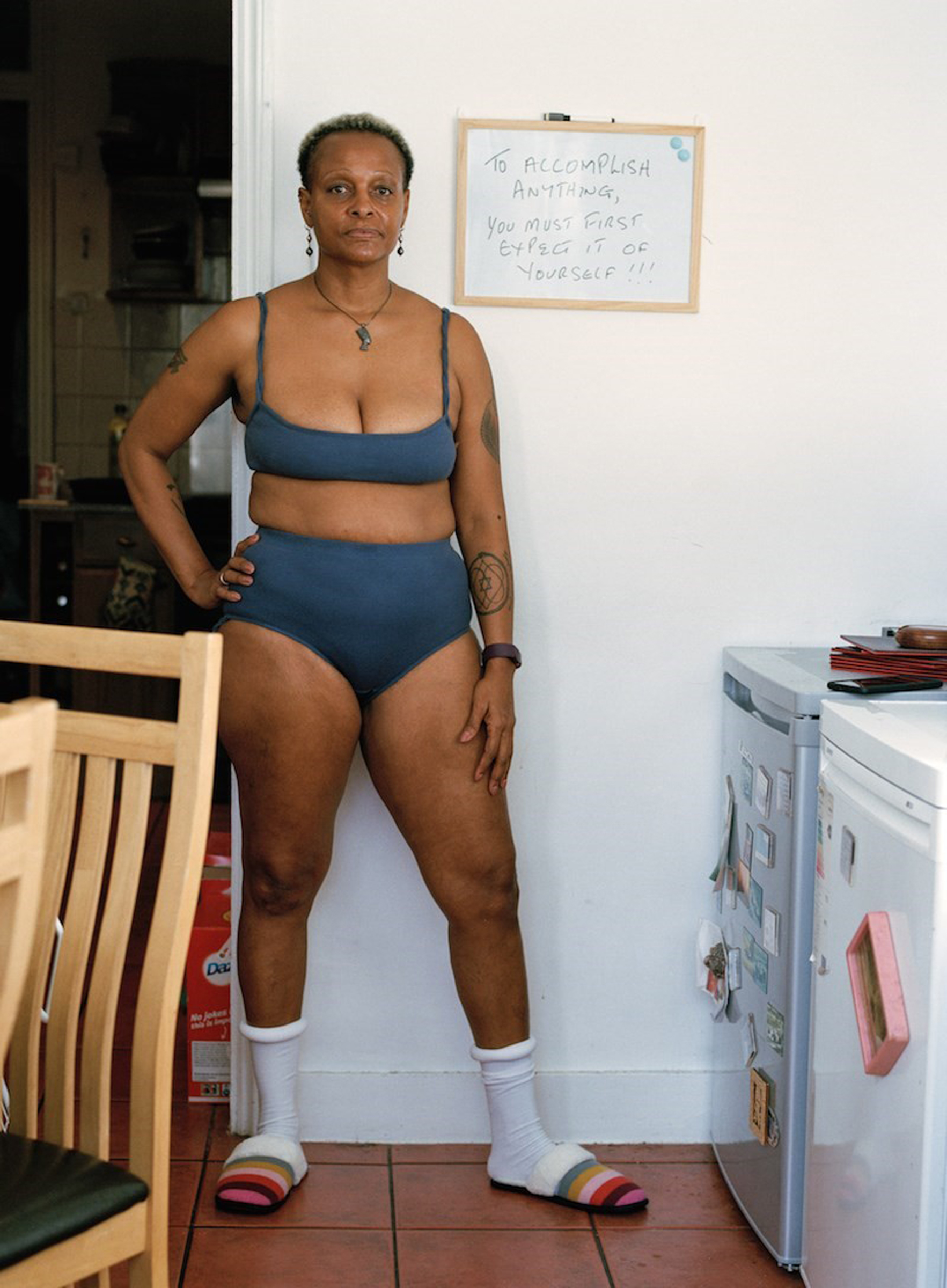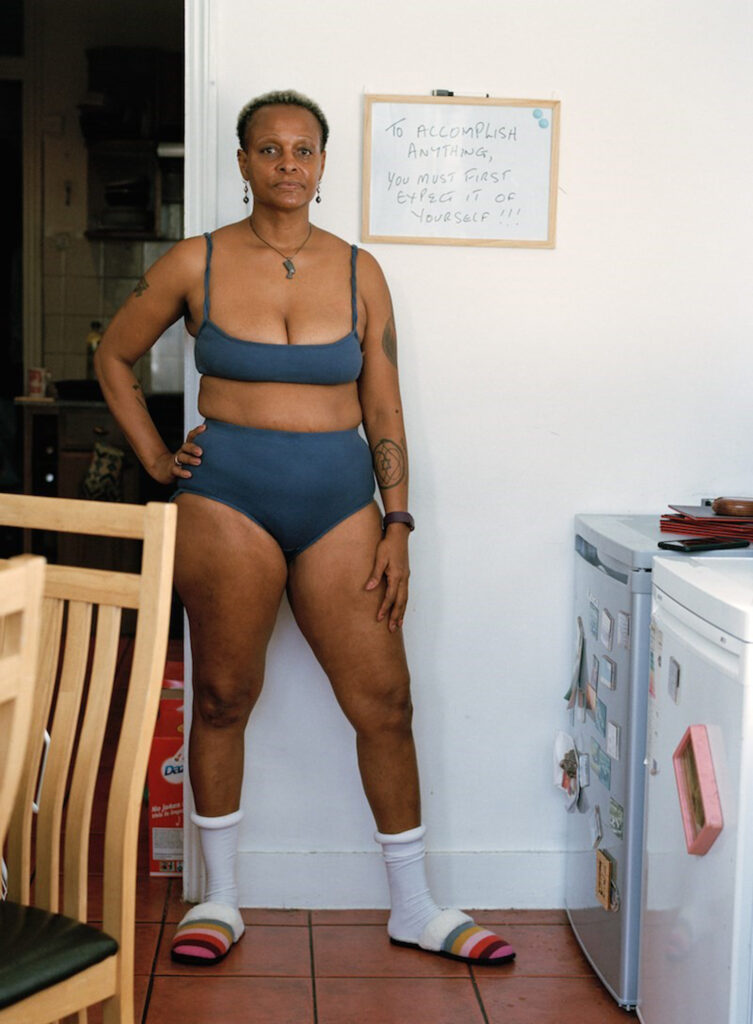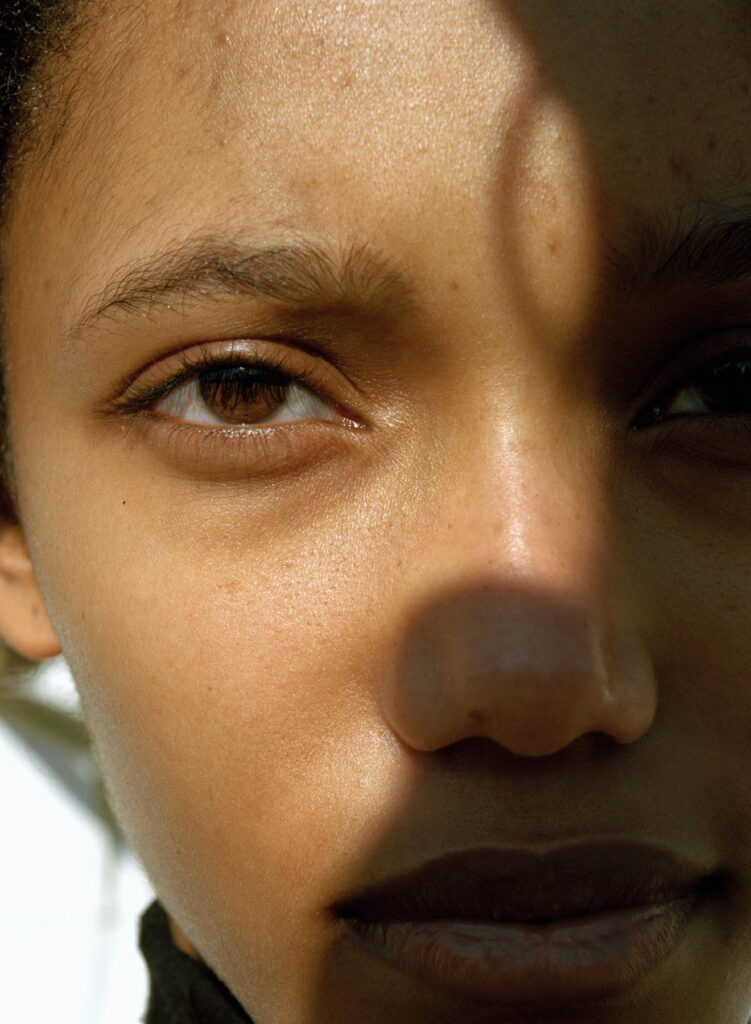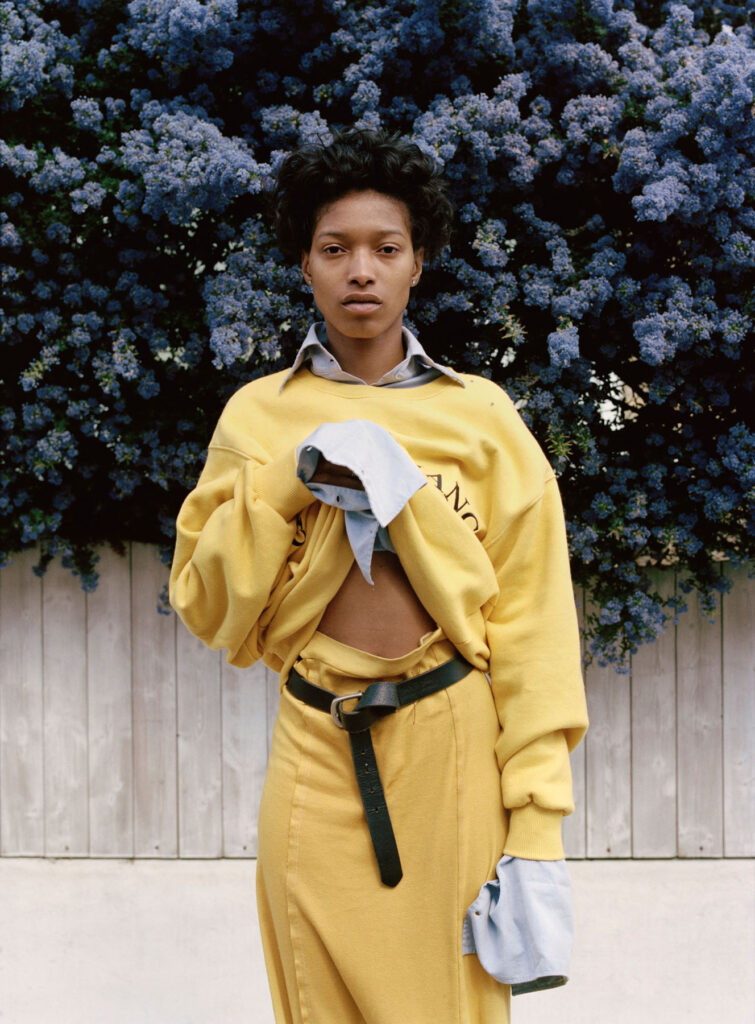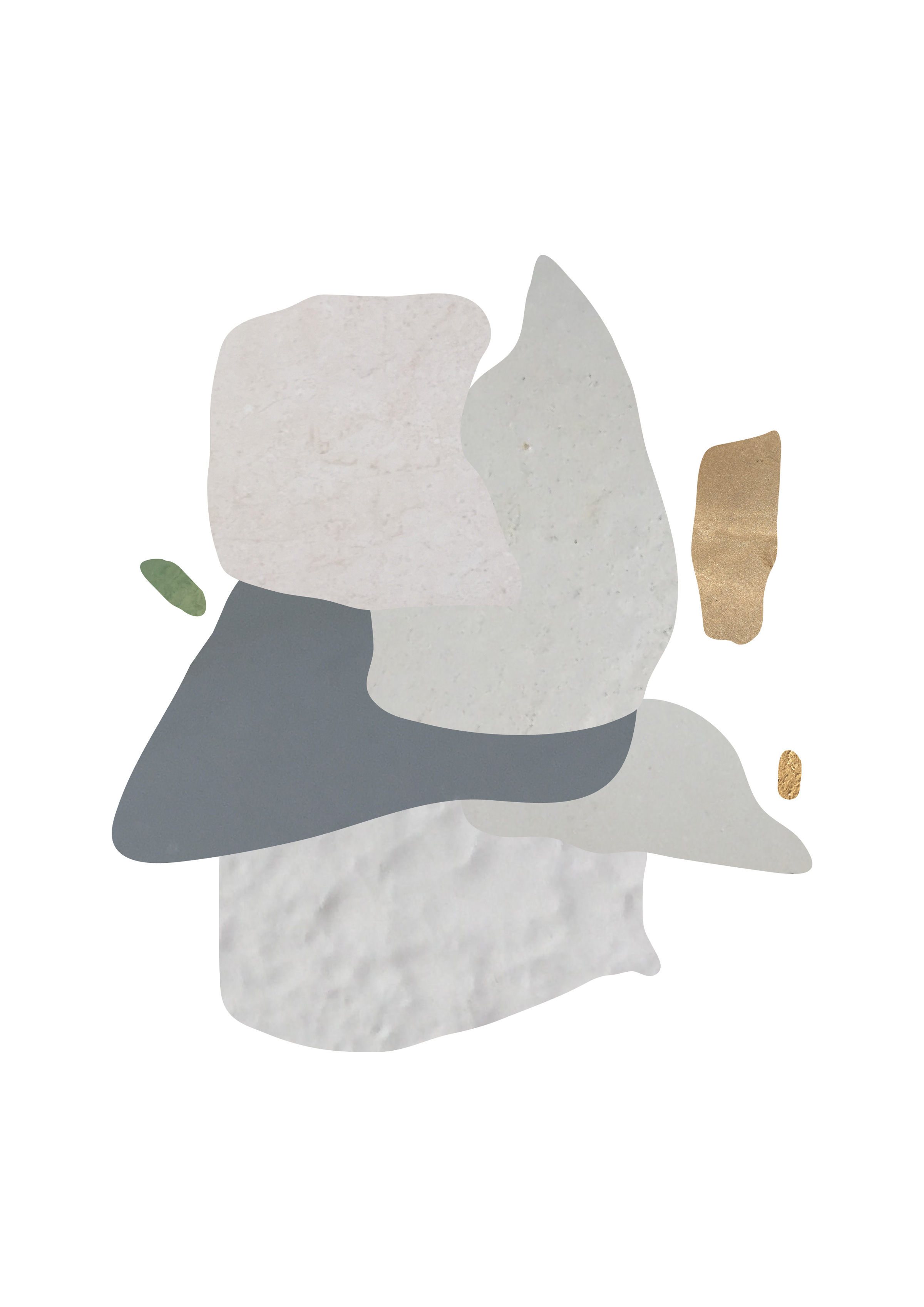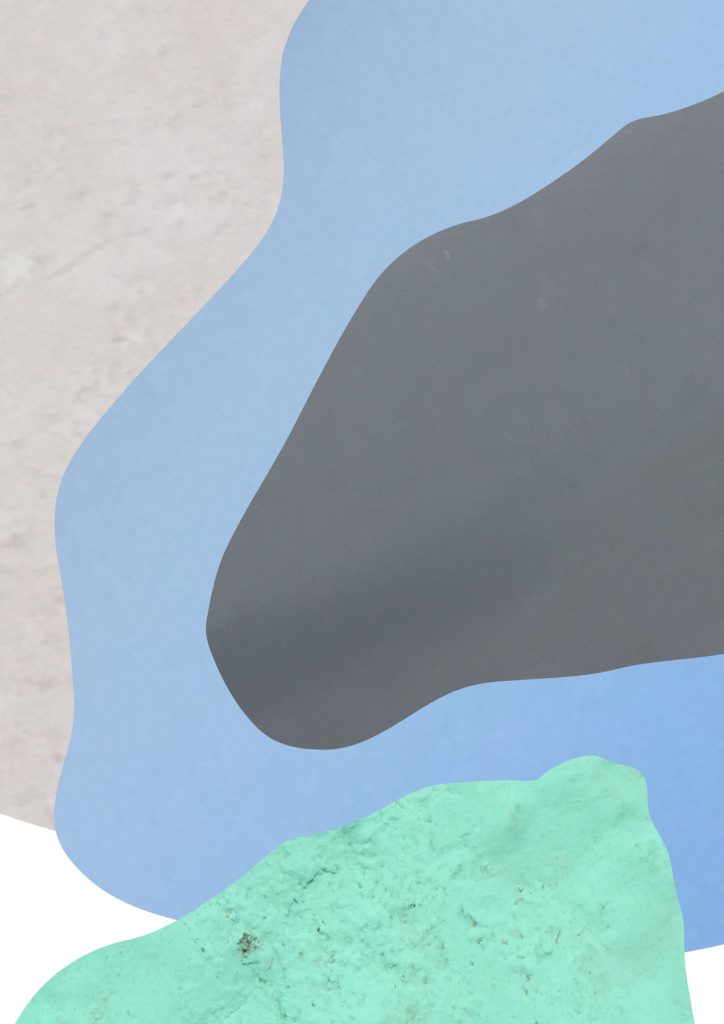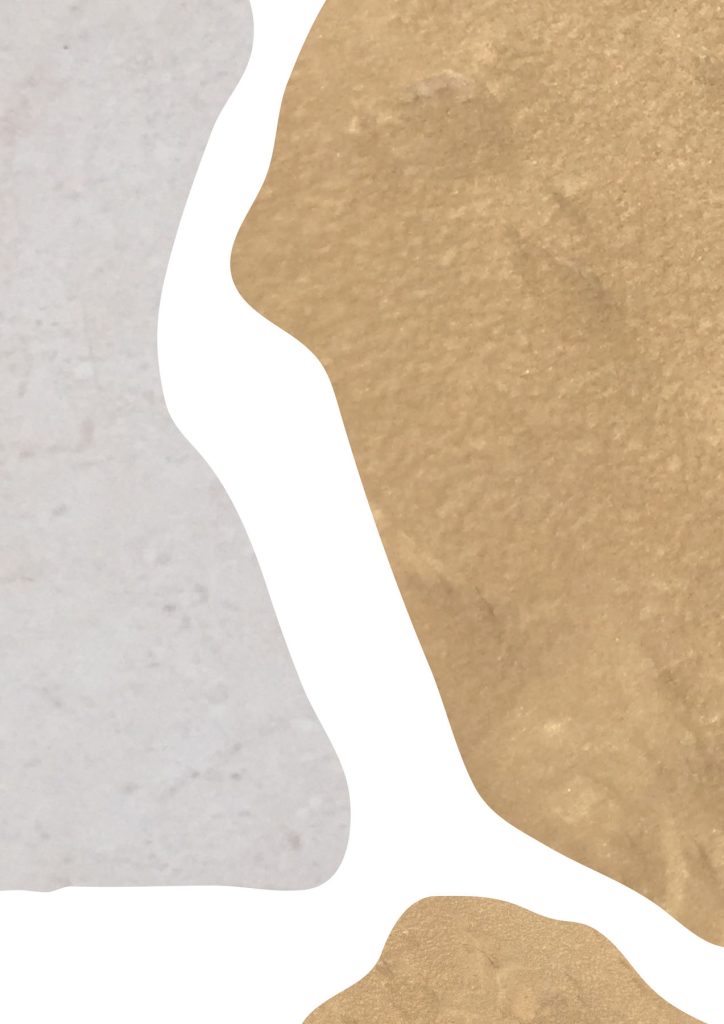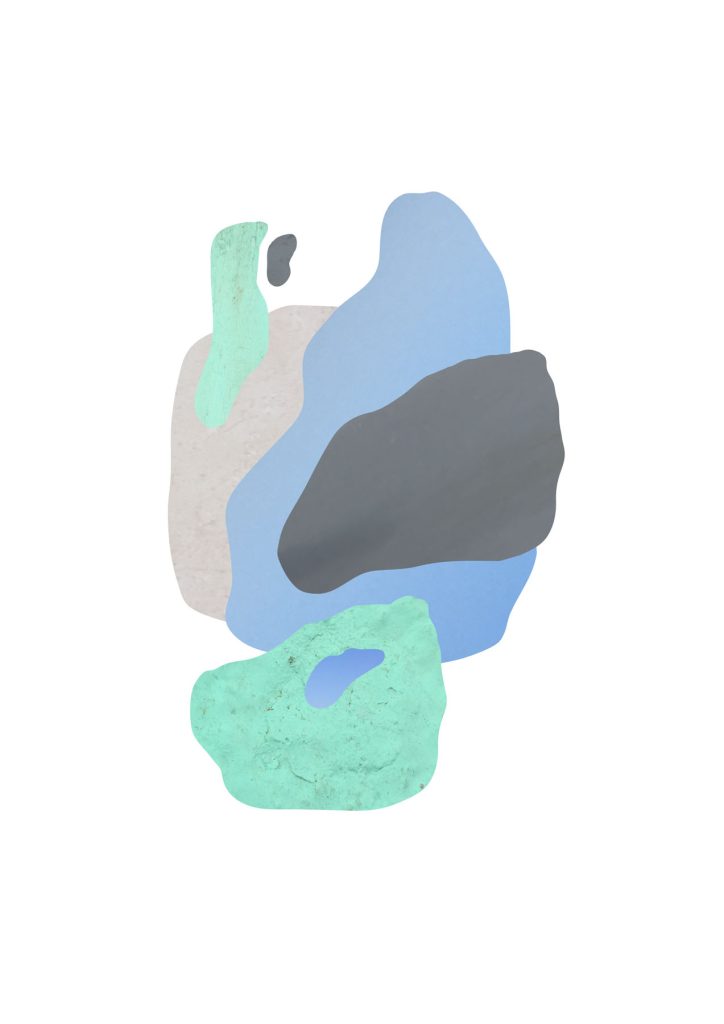What inspired your style of work?
I don’t know if I can really control the style I have. I don’t even know what style it is, but every time I try to do something that doesn’t feel like me it really bleeds through and I have to scrap whatever I was trying to be.
Where do you get inspiration from? Are there any particular artists, photographers, painters drawers you look up to their works?
The environment that I’m surrounded by plays a huge part in what inspires me. What I’m feeling, specific colors, where I live, structures, and personalities all play. Without thinking about it too much, Basquiat, Helen Frankenthaler, Vivian Maier, Kindah Khalidy, are what come to mind immediately. It really varies. I really lean towards following and getting inspired by people that have very different styles or approaches to me.
How long does it take to create a piece? What is the process being it?
Time varies. The process differs too. I tend to have an idea of what I’m feeling drawn too, go with it, hate it, rework it, like it, again and again, until it feels good, lots of layers. I’m a goddamn onion.
Would you say that there is a main thread connecting all your artworks and if so, which is it?
I don’t know. I definitely get emotional with all my pieces. Maybe that bleeds through or maybe it doesn’t. But, I guess the main thread is I don’t hold back from all the things I want to make or how into it I get, so they are very honest to who I am and I guess I really hope that translates to all mediums and works of art that I do.







